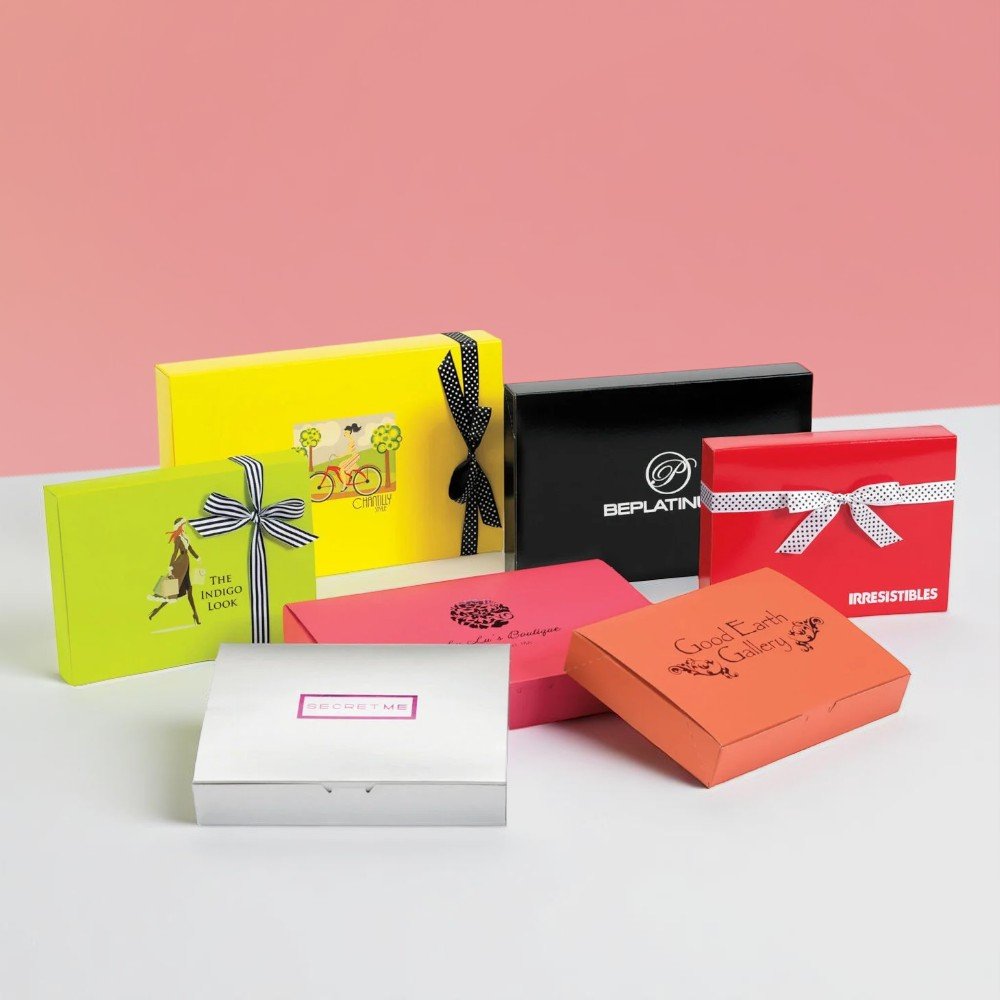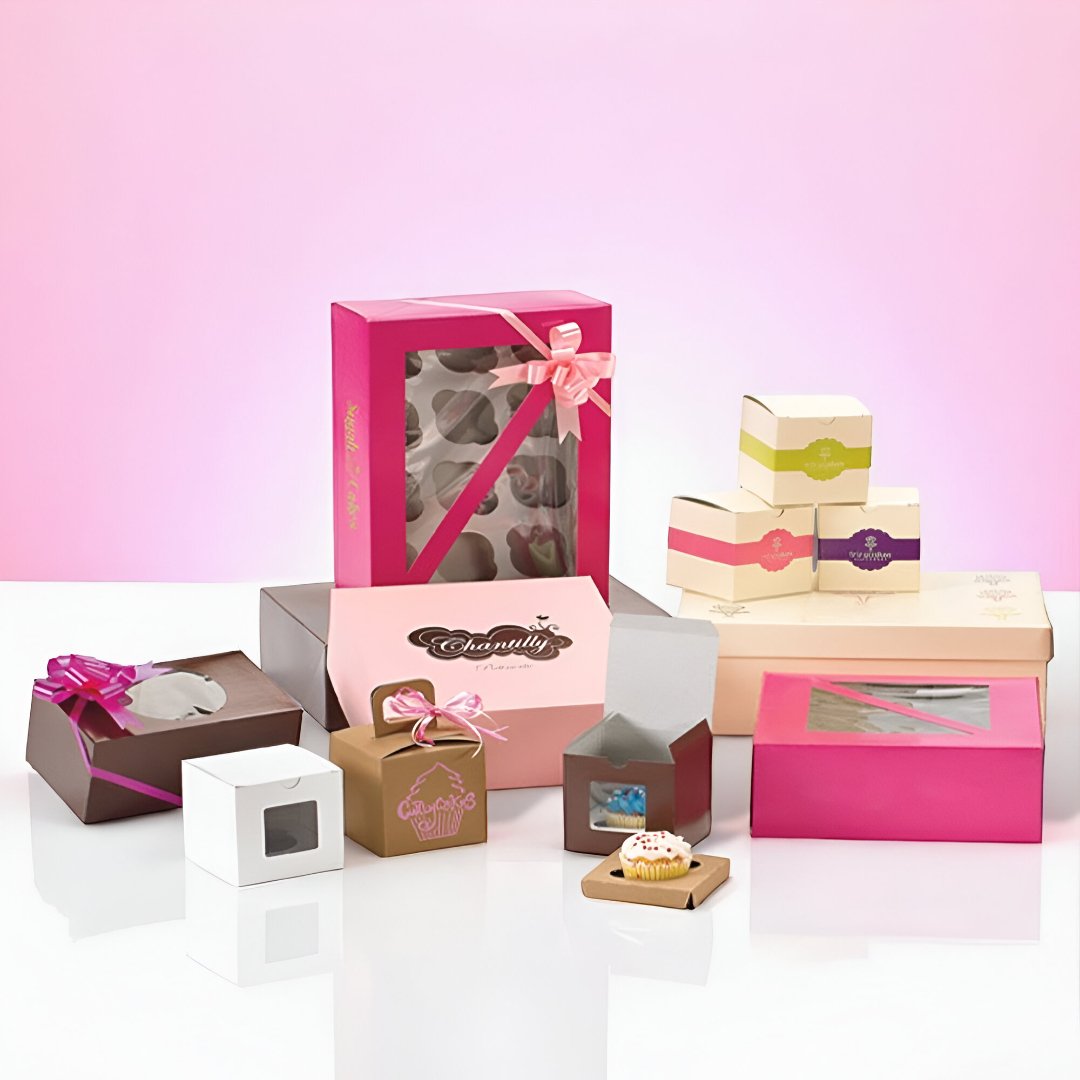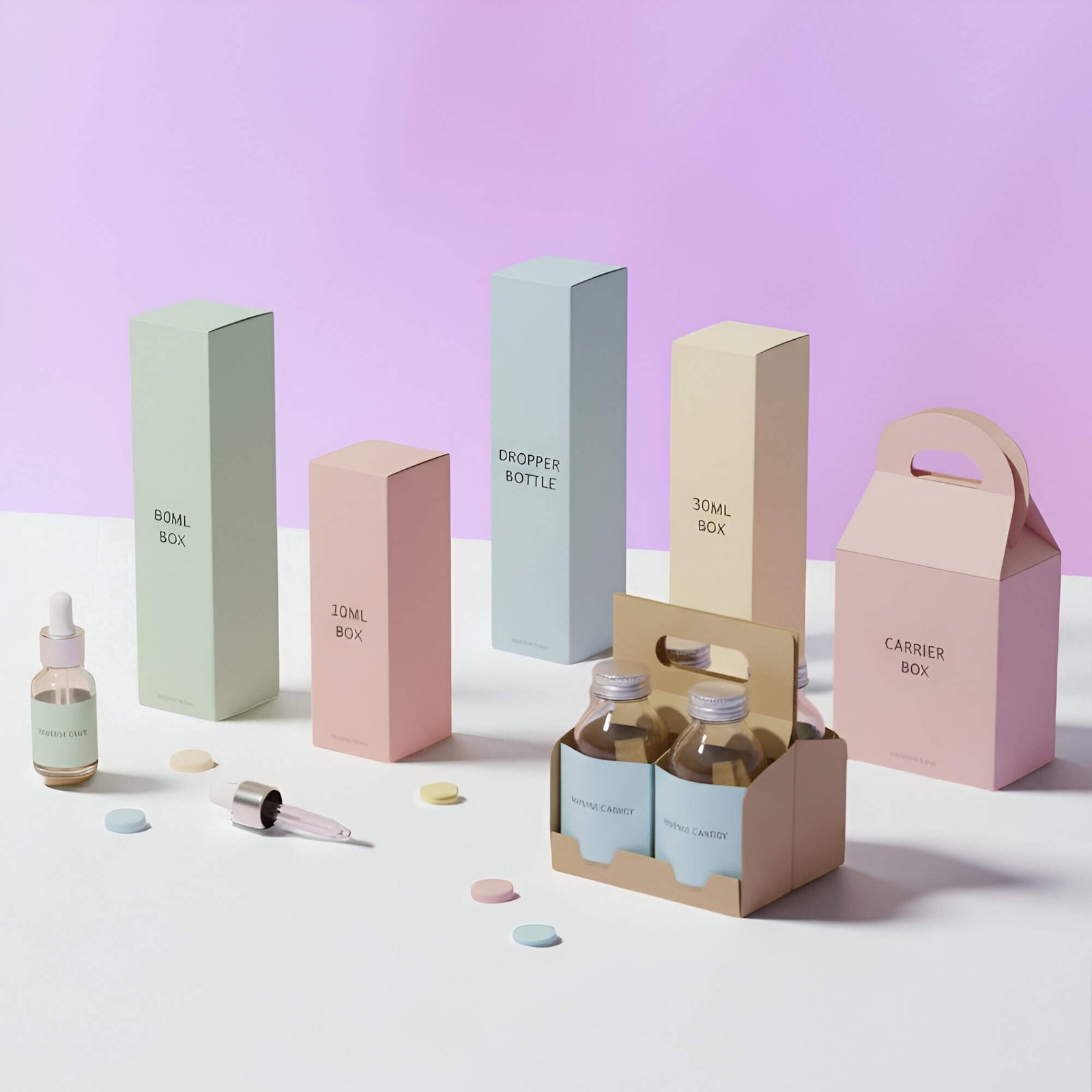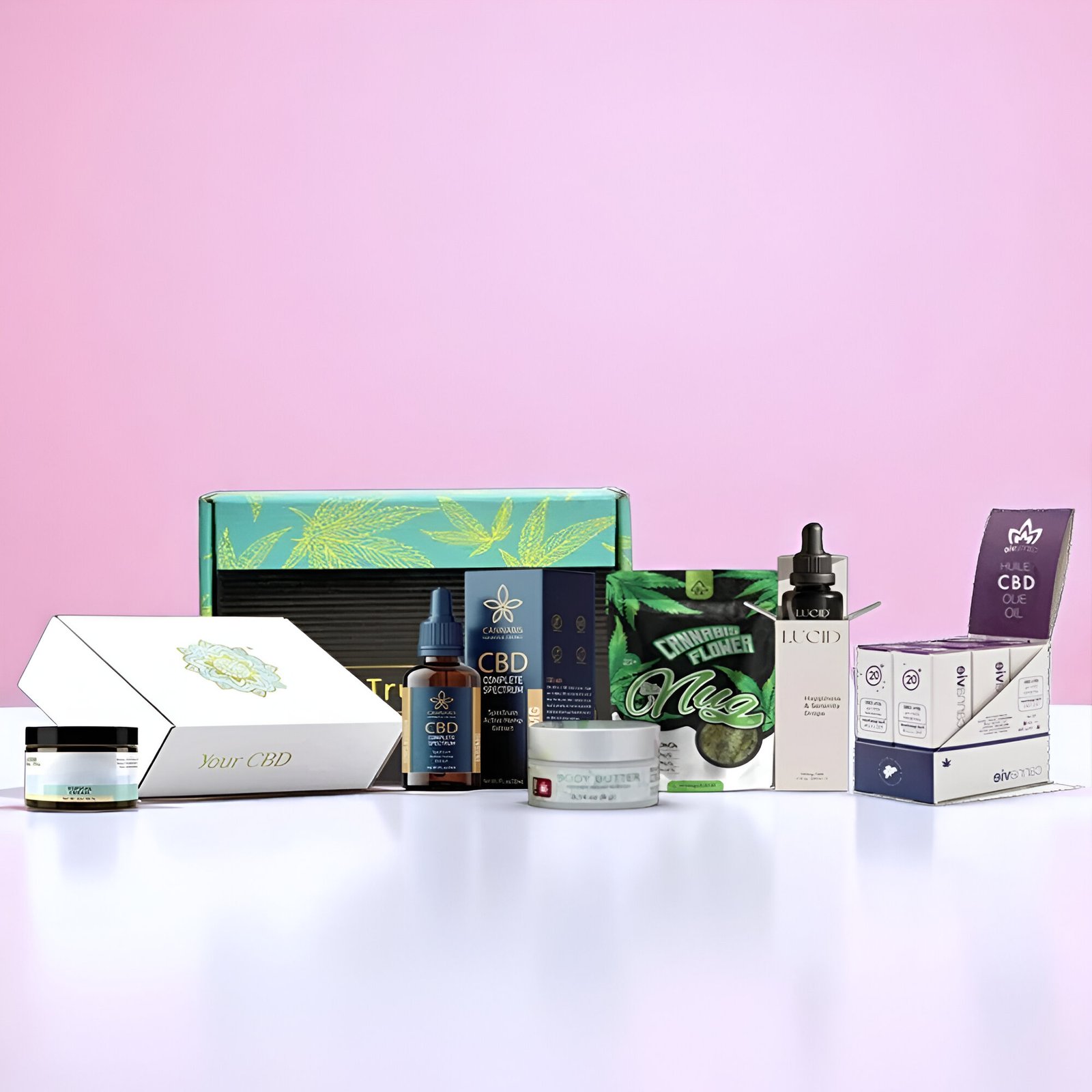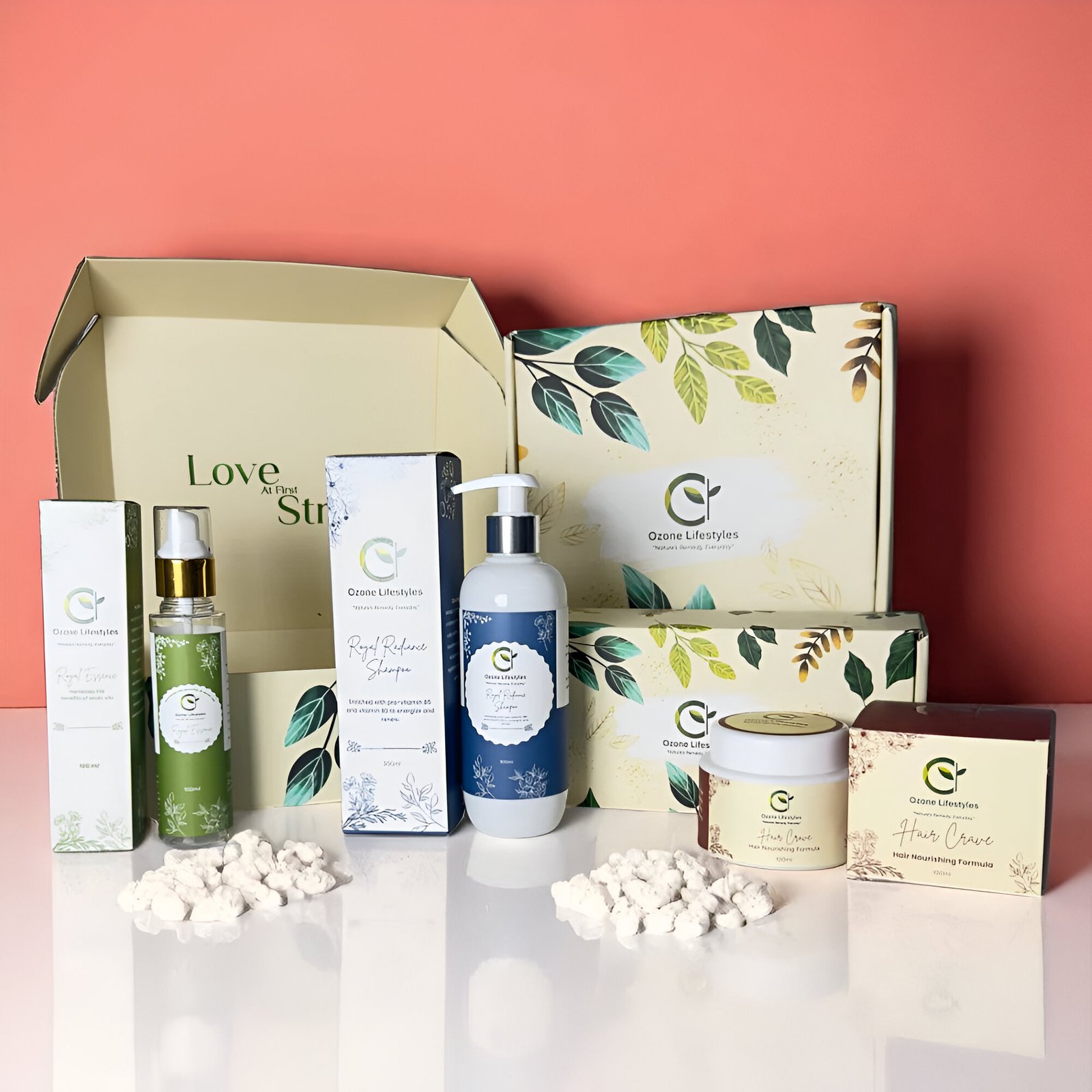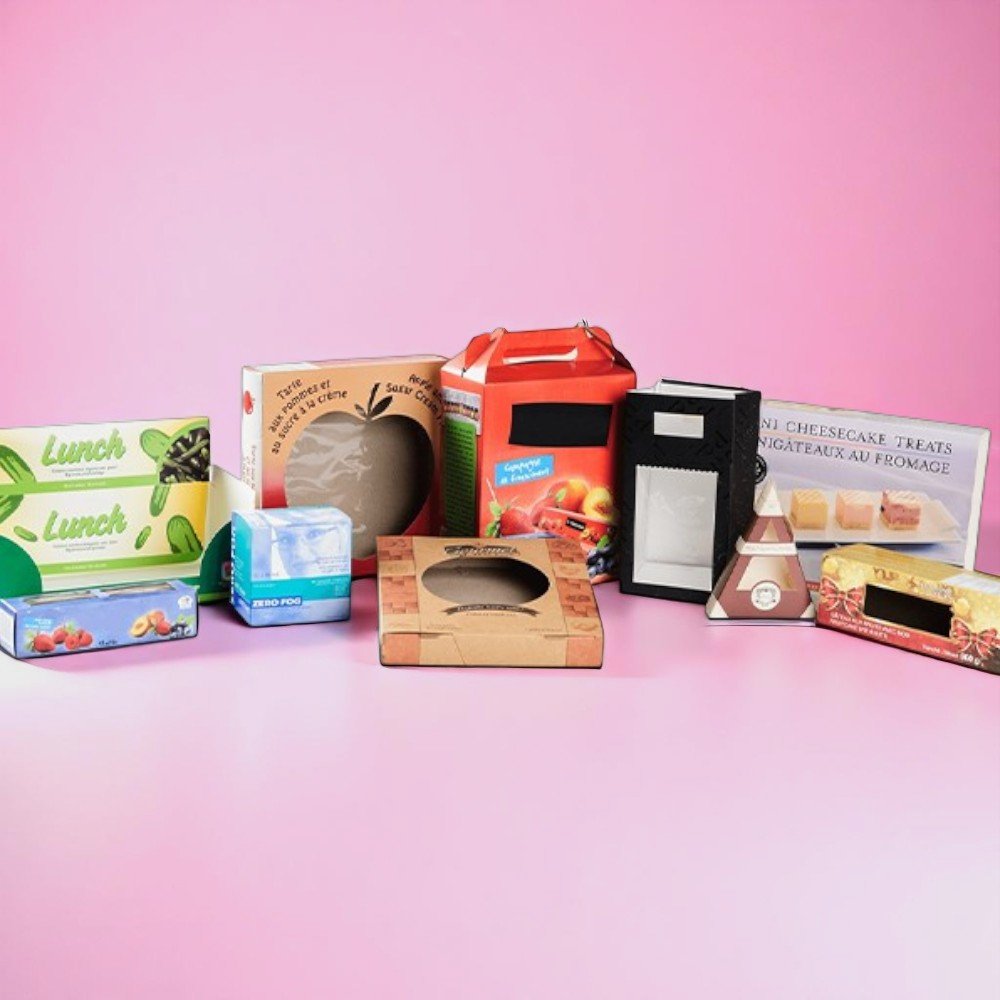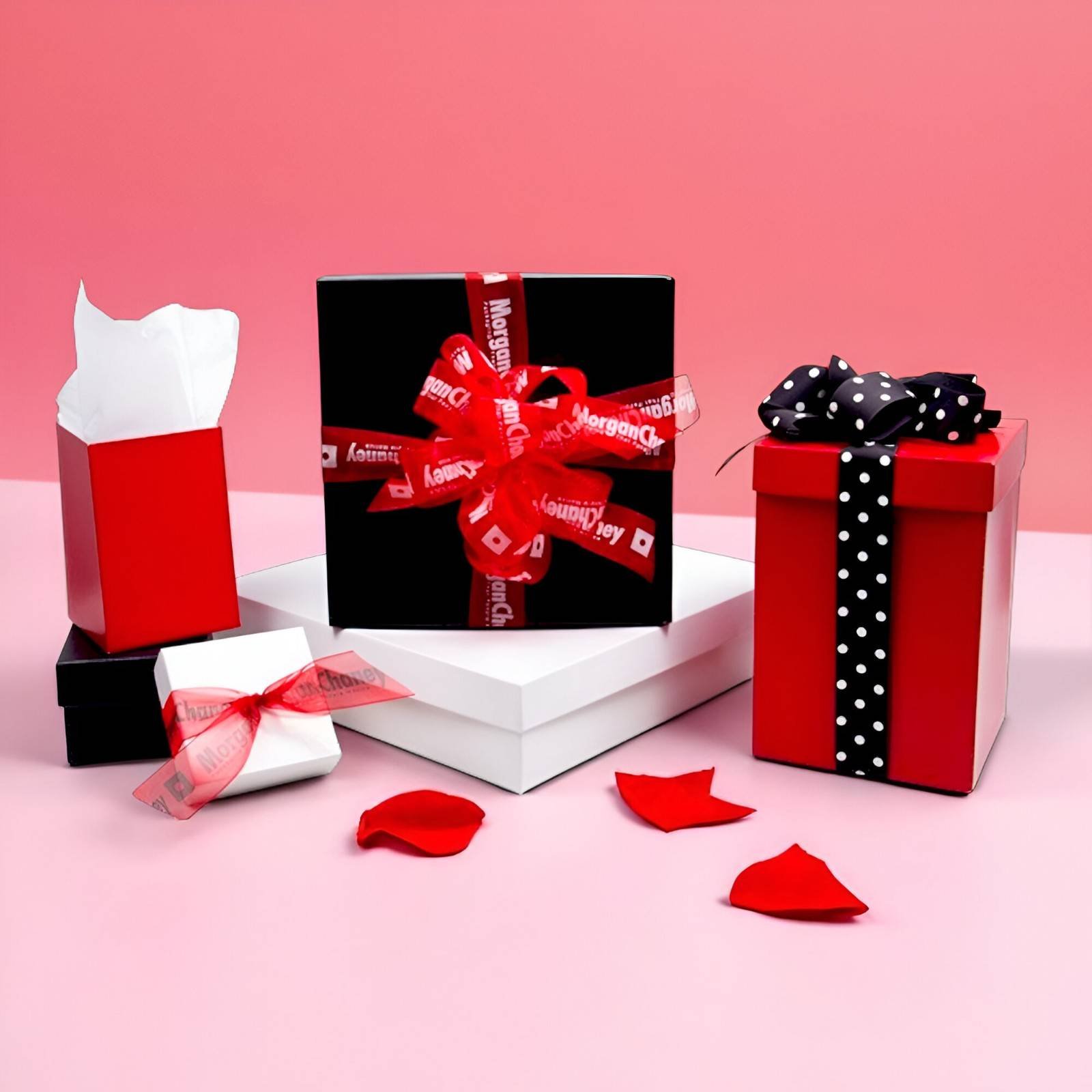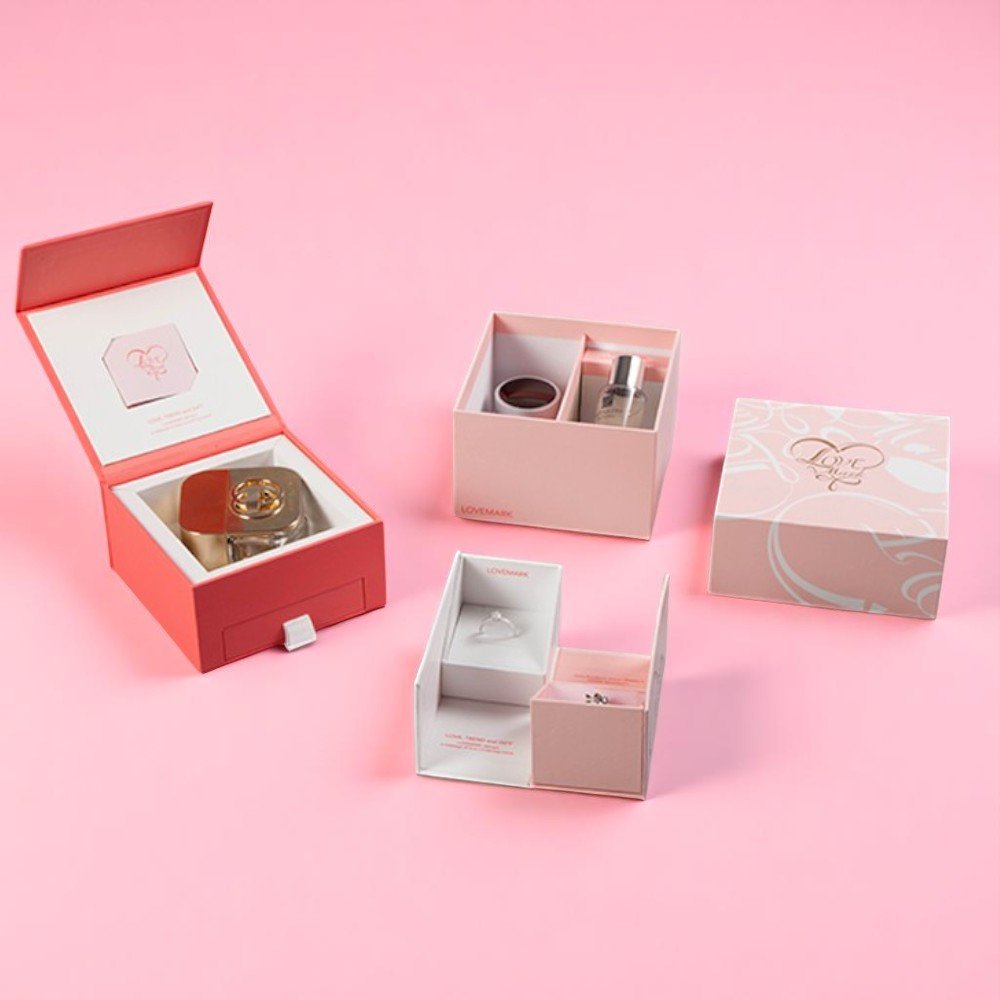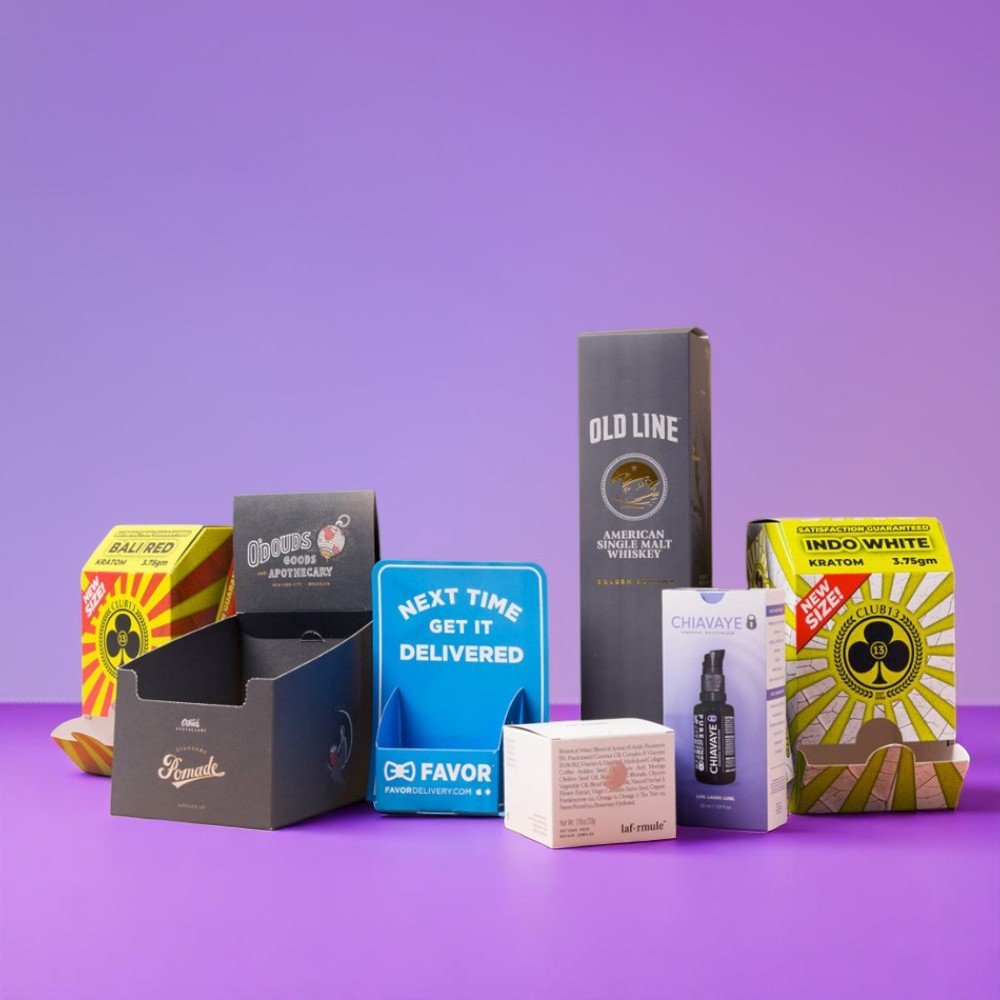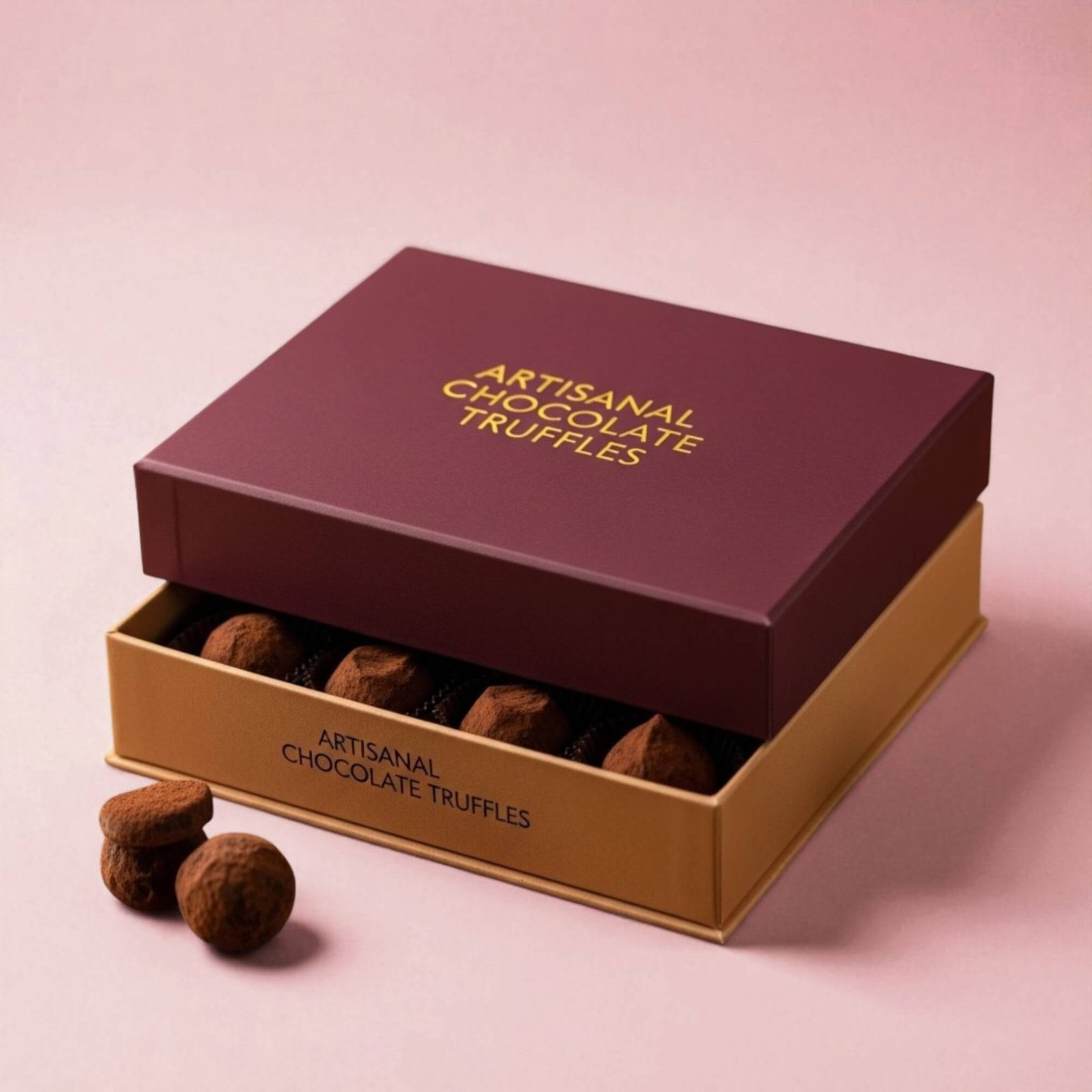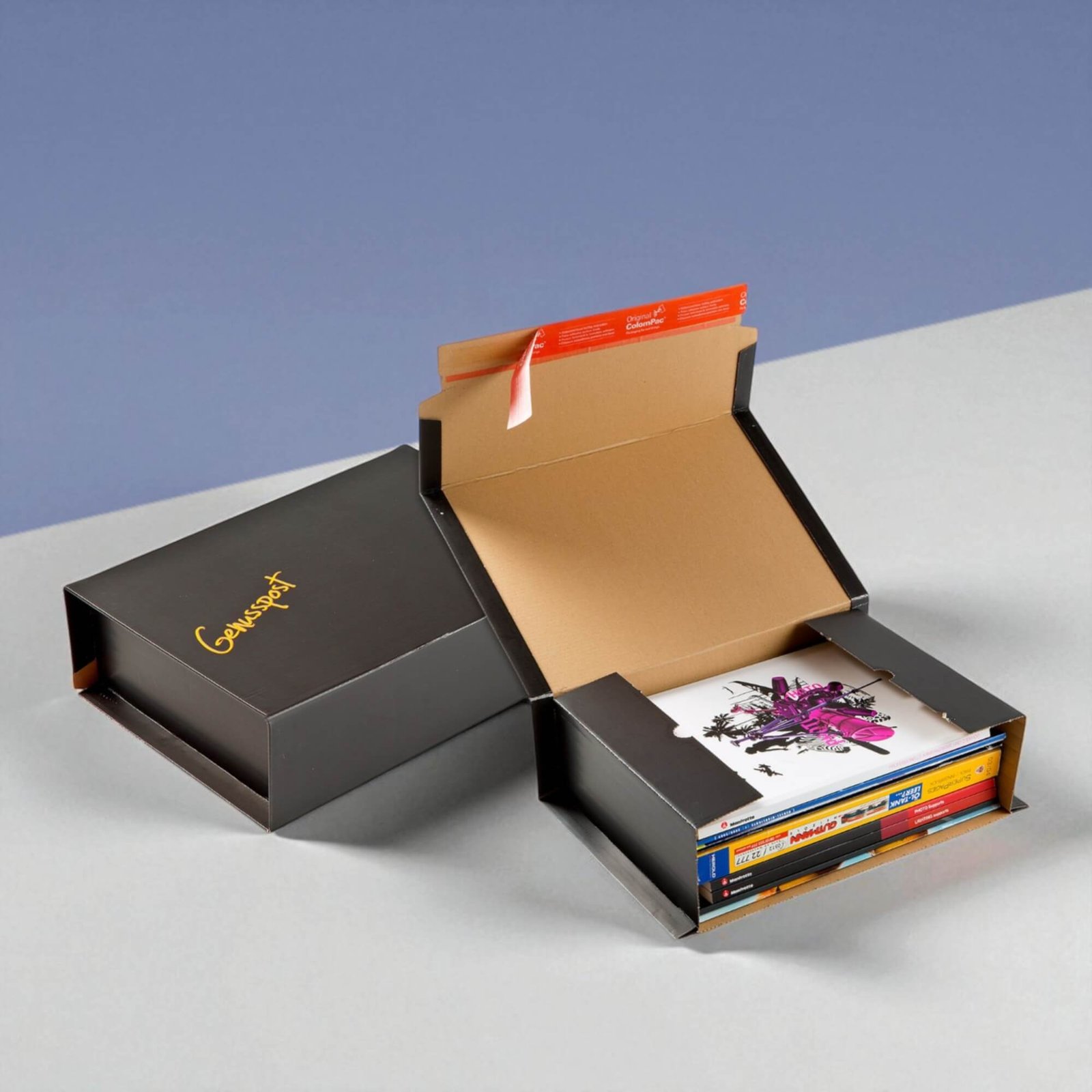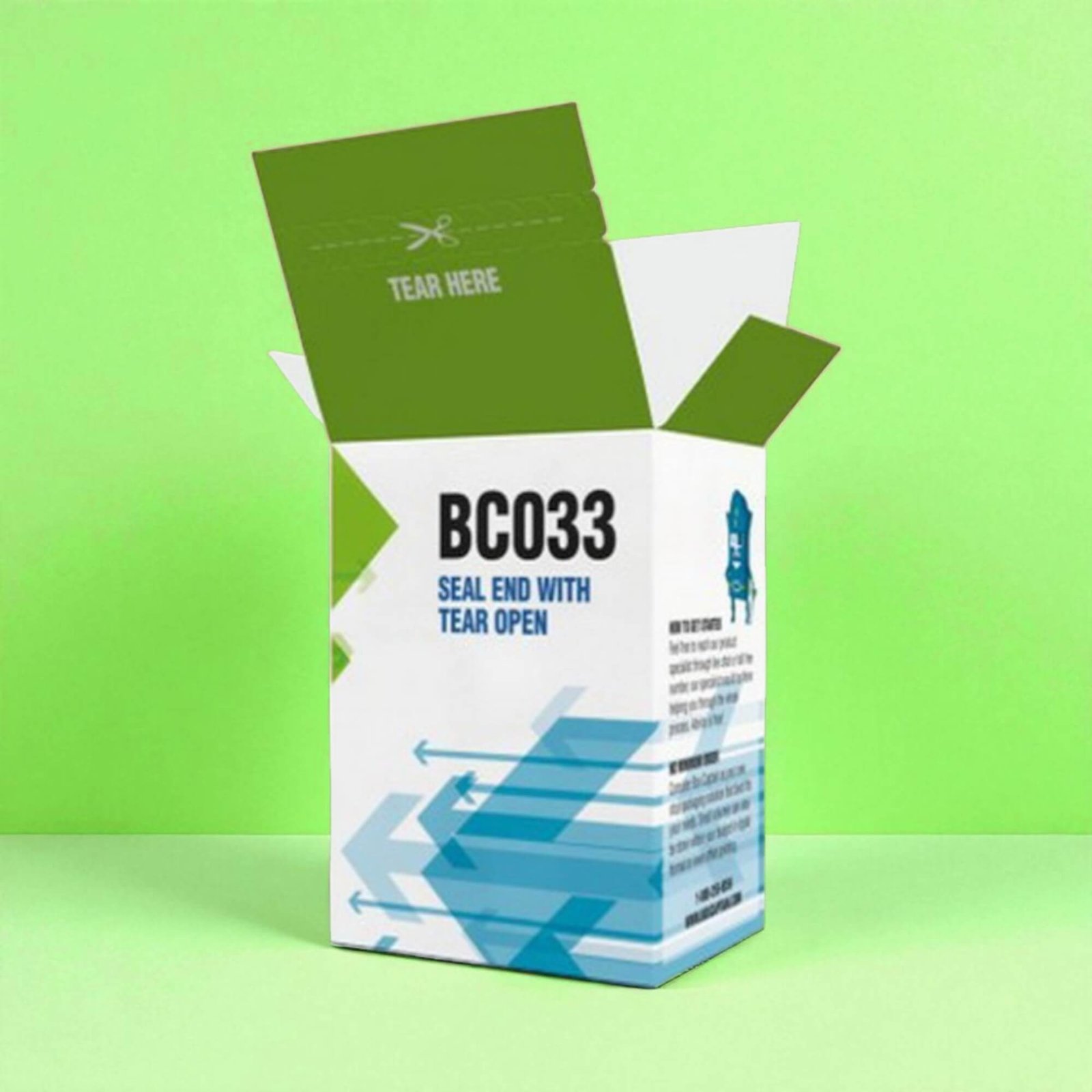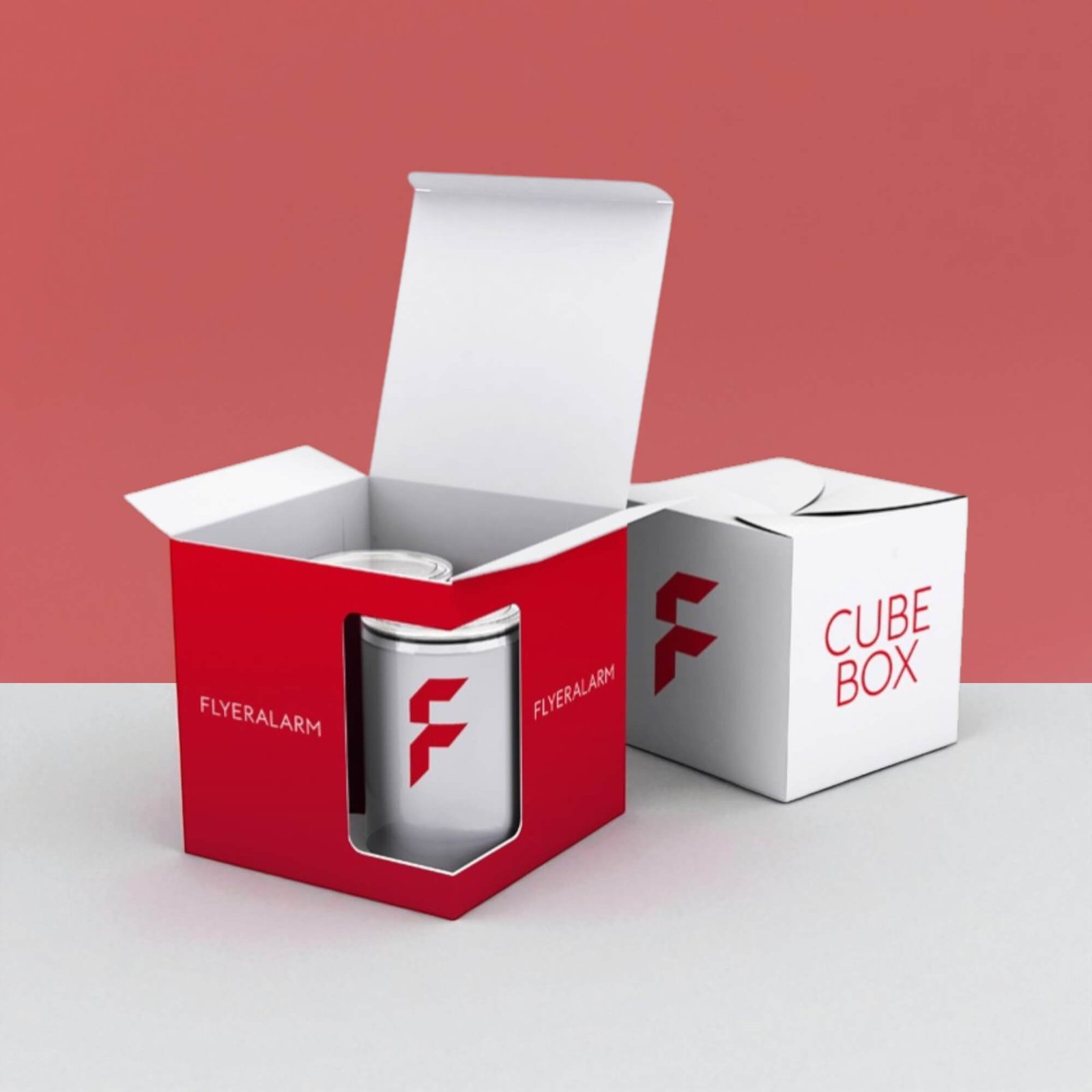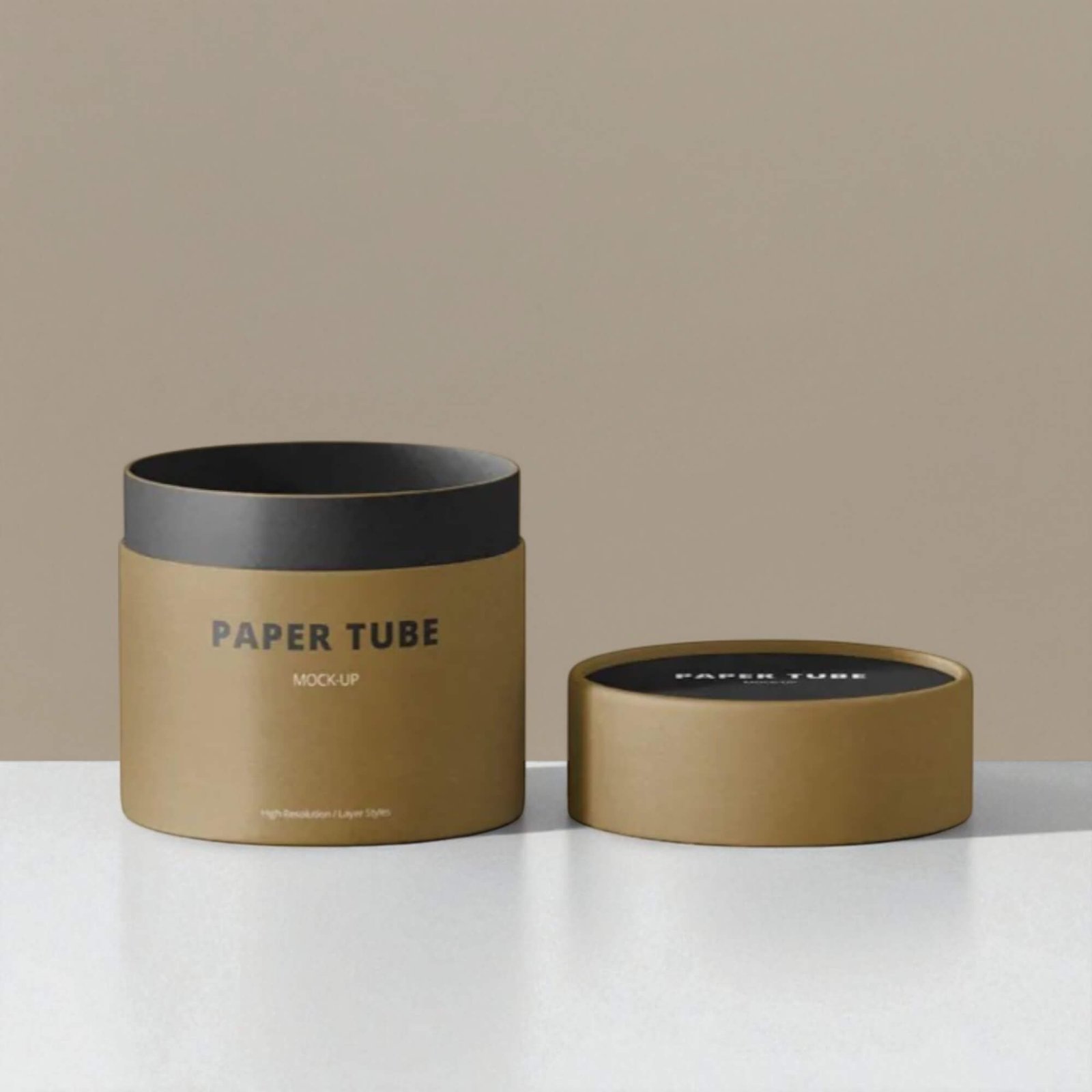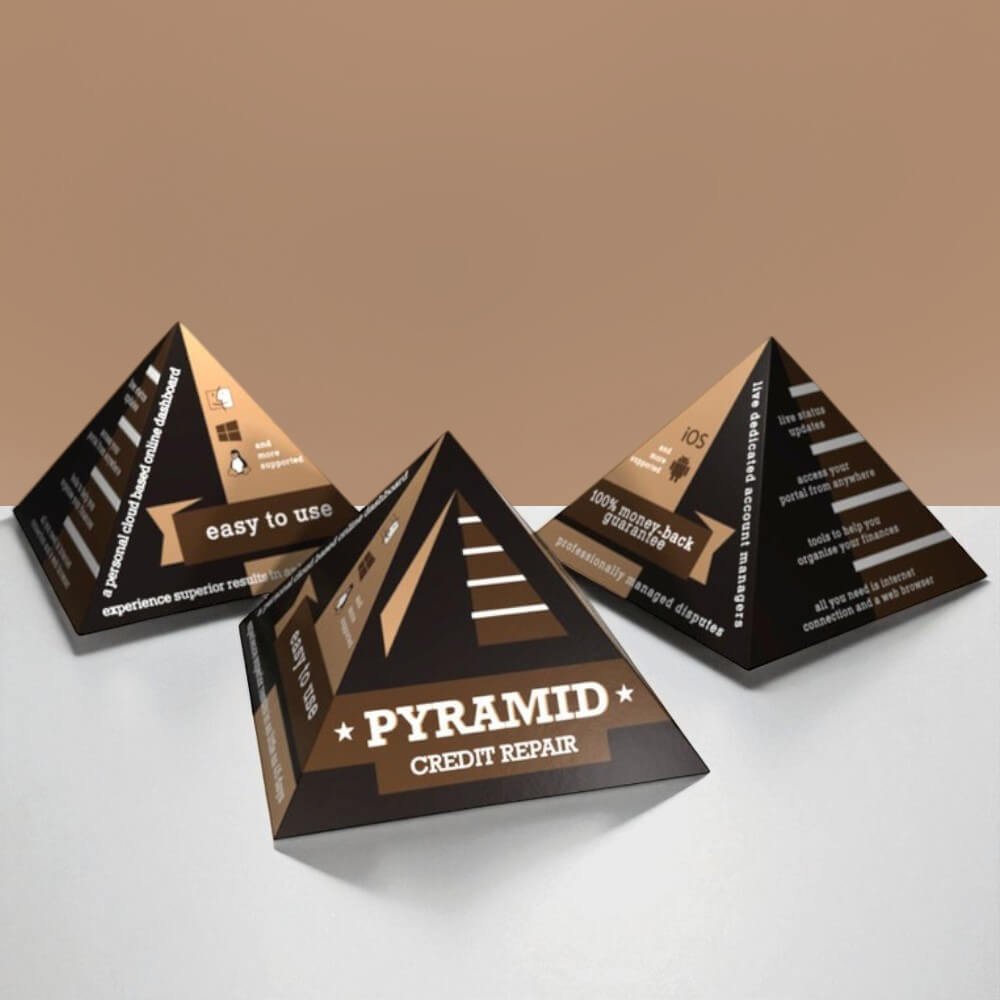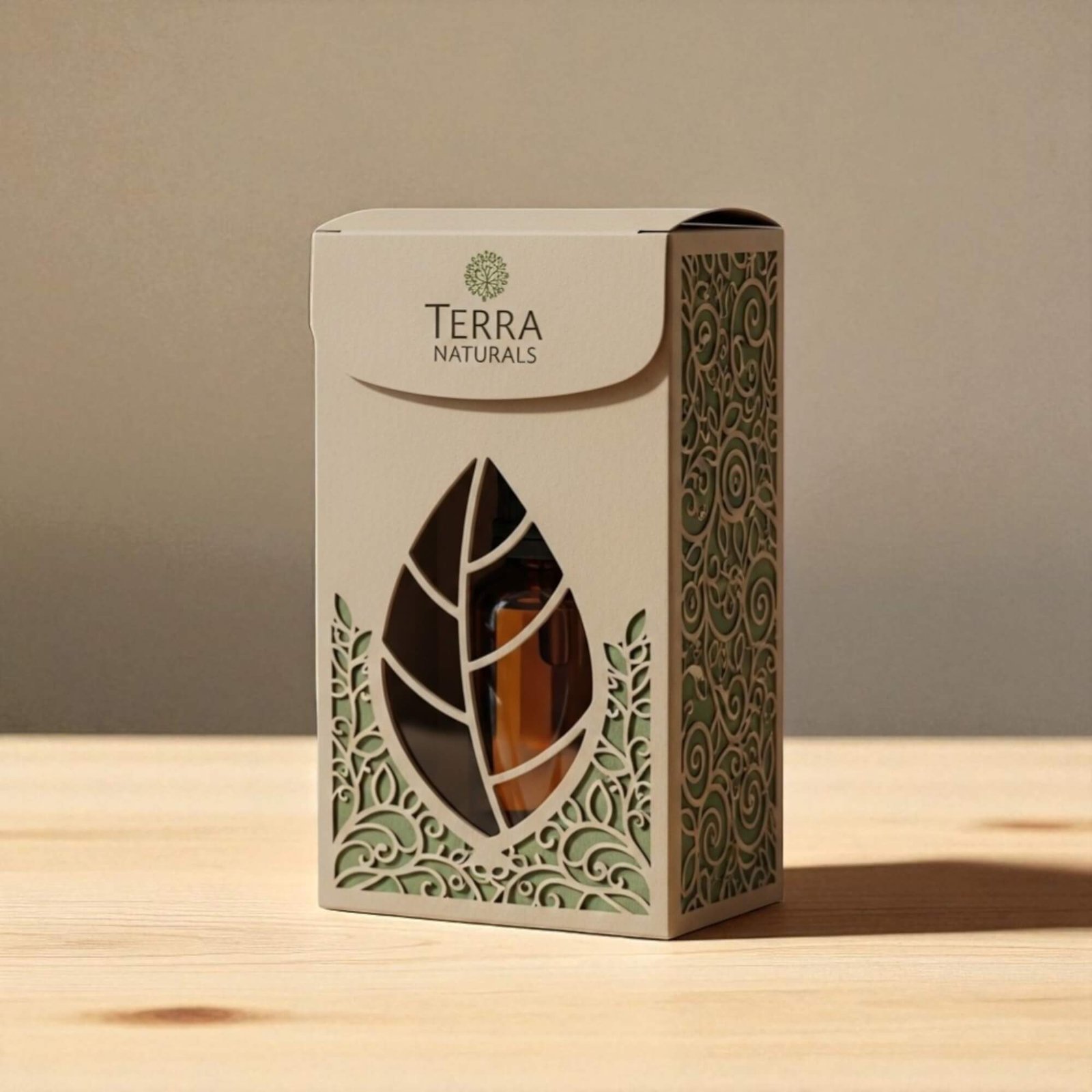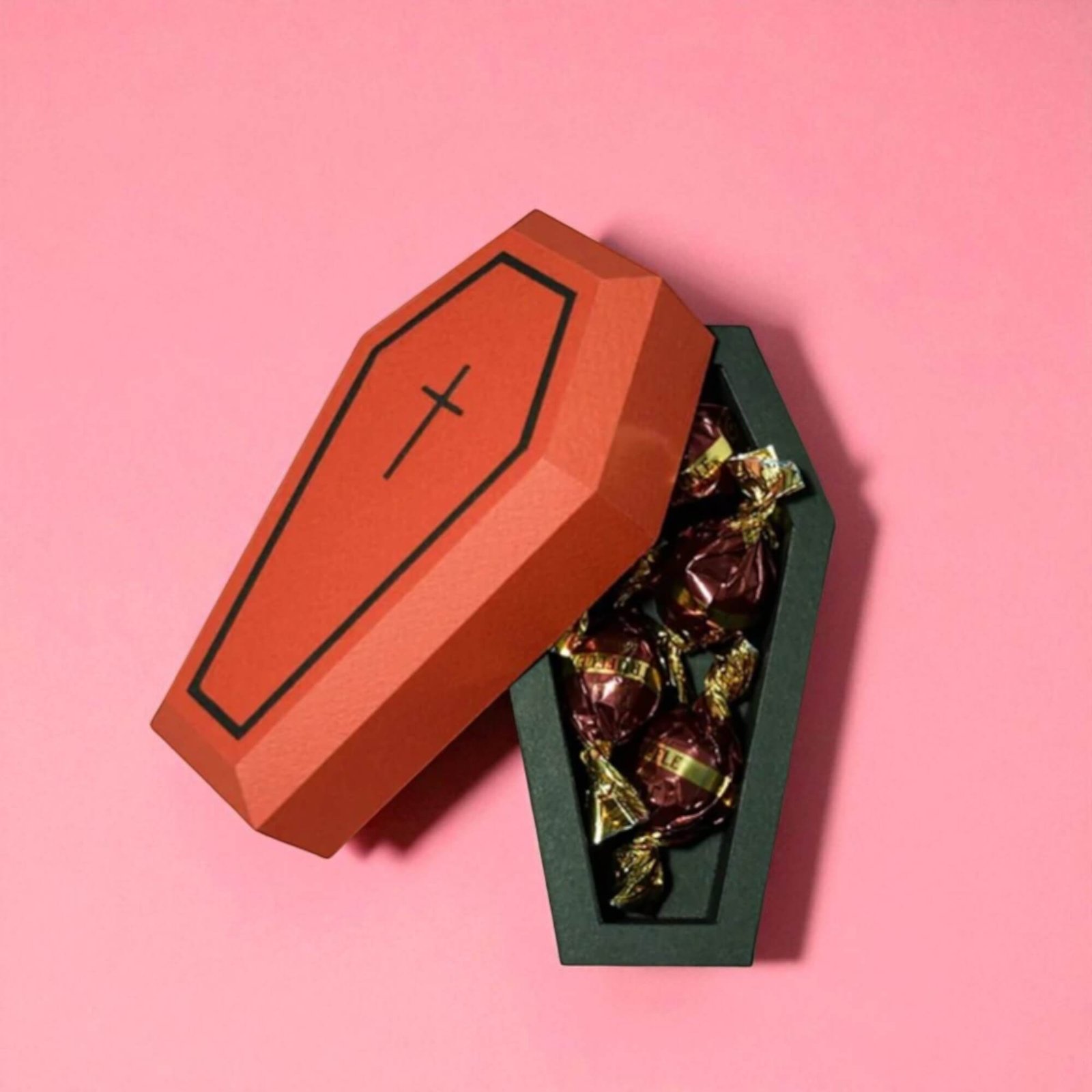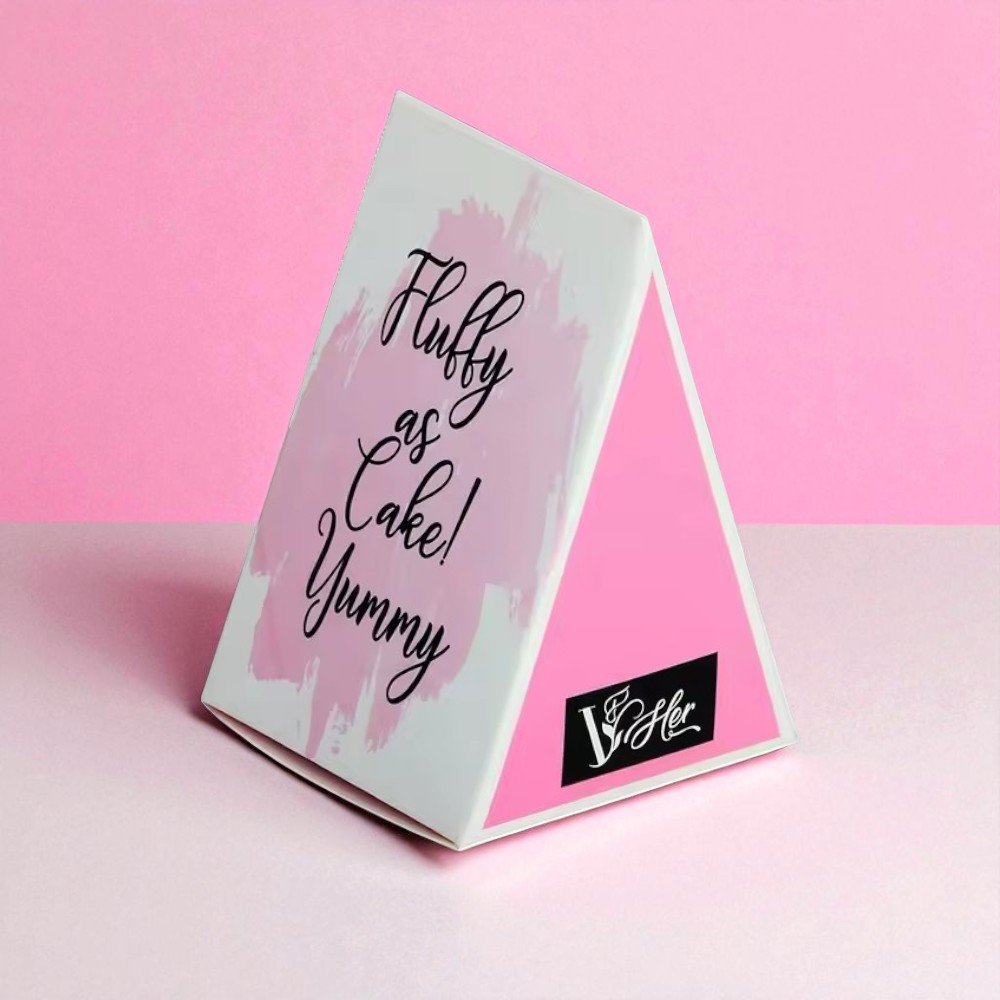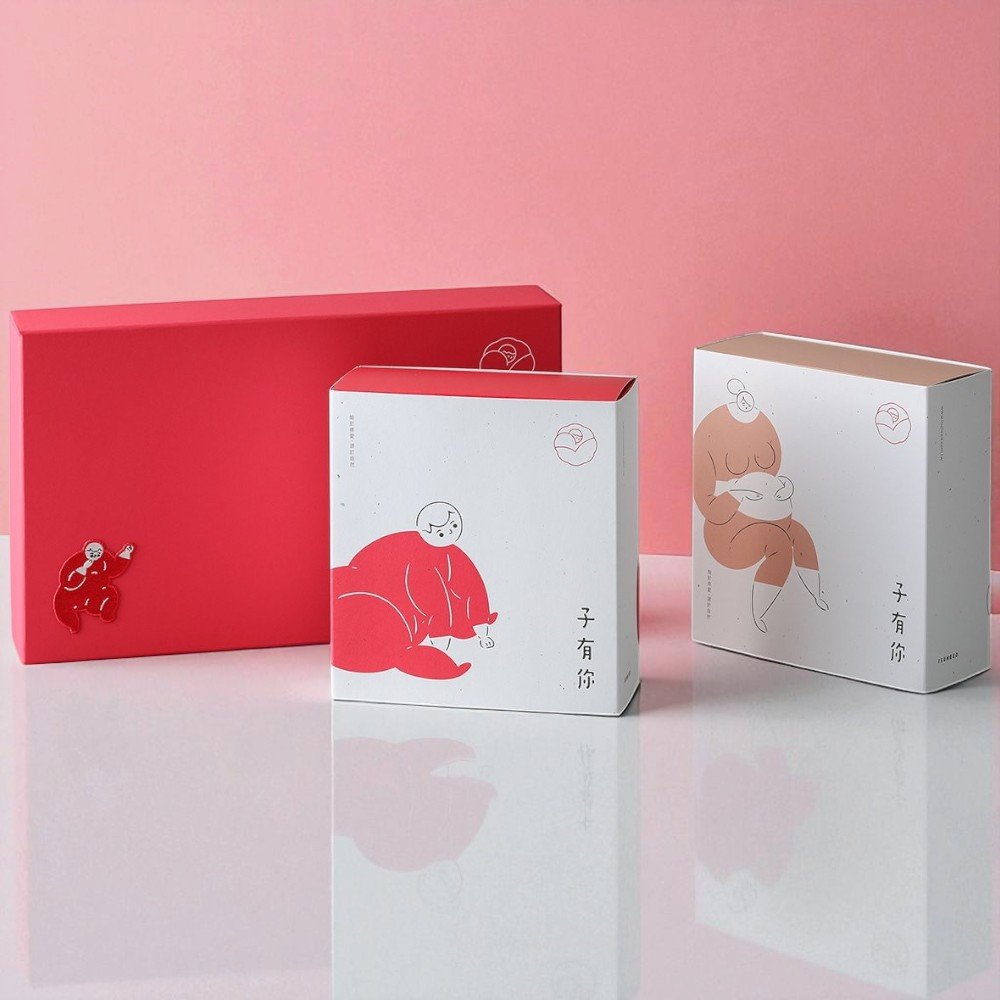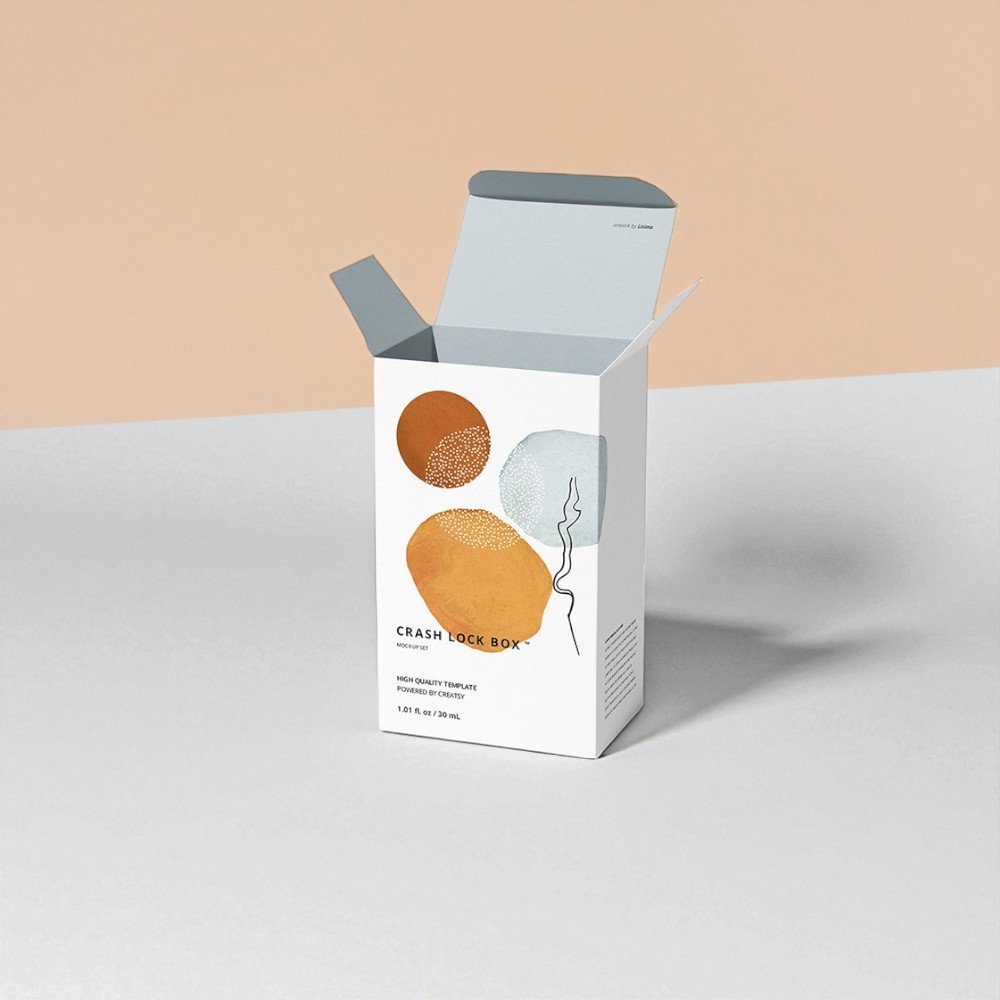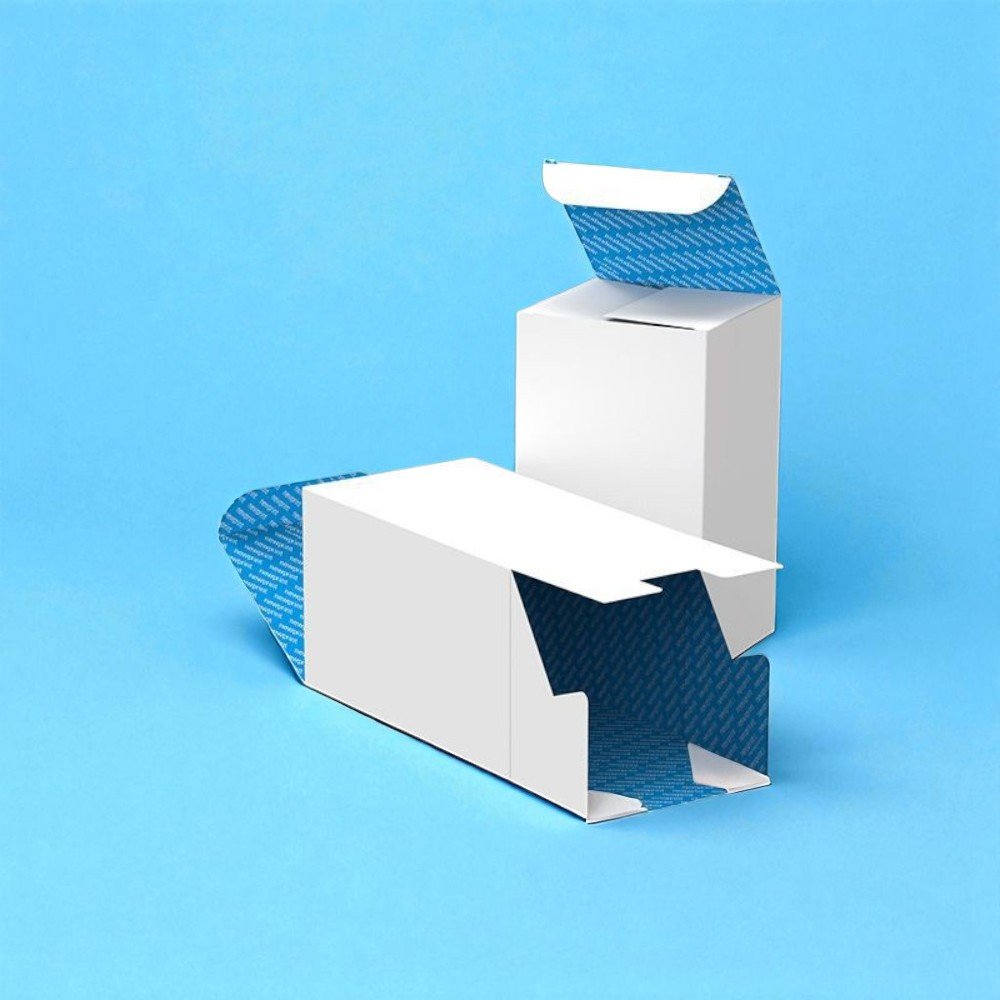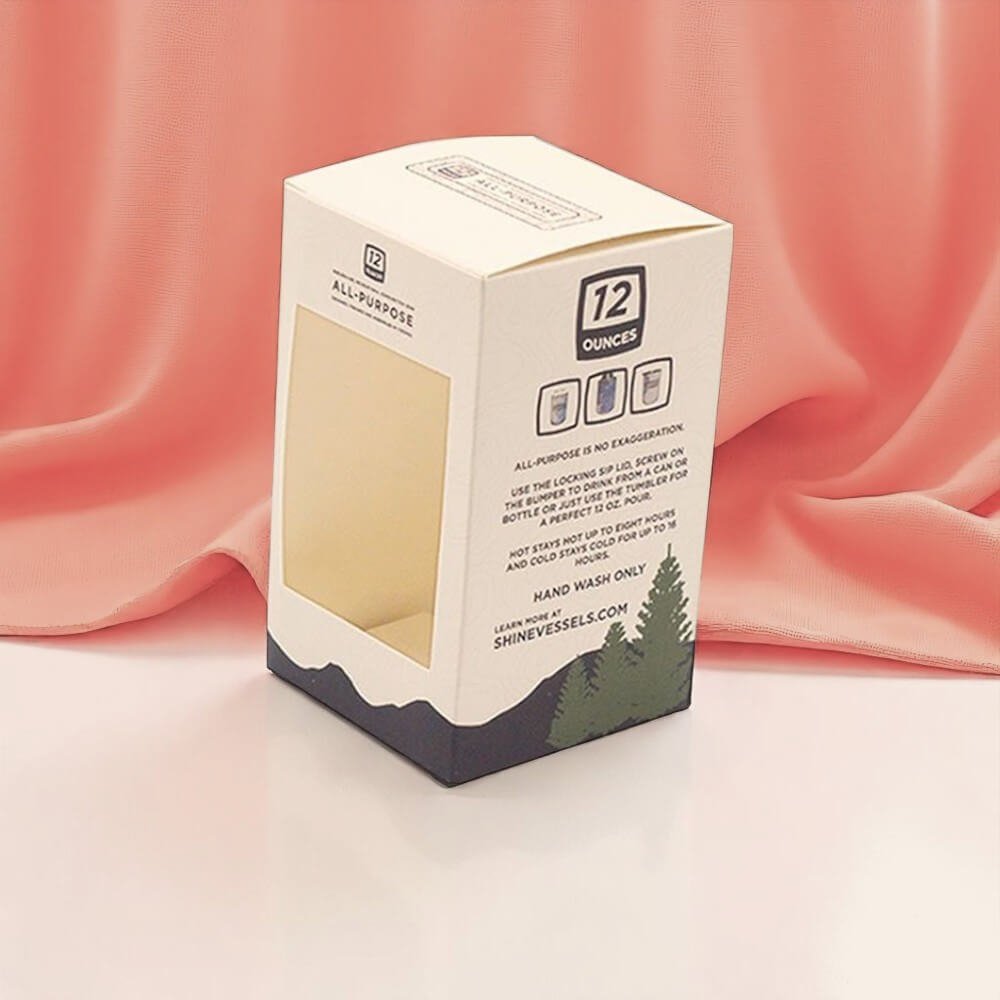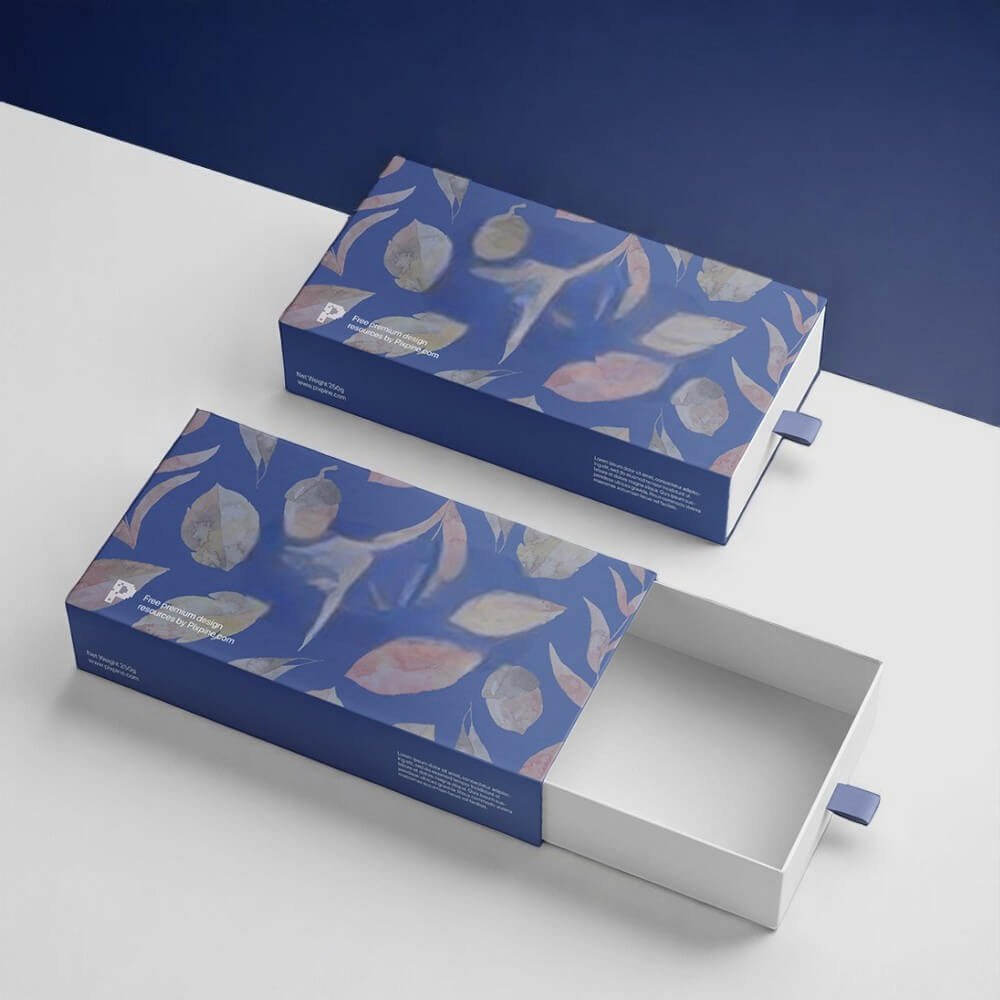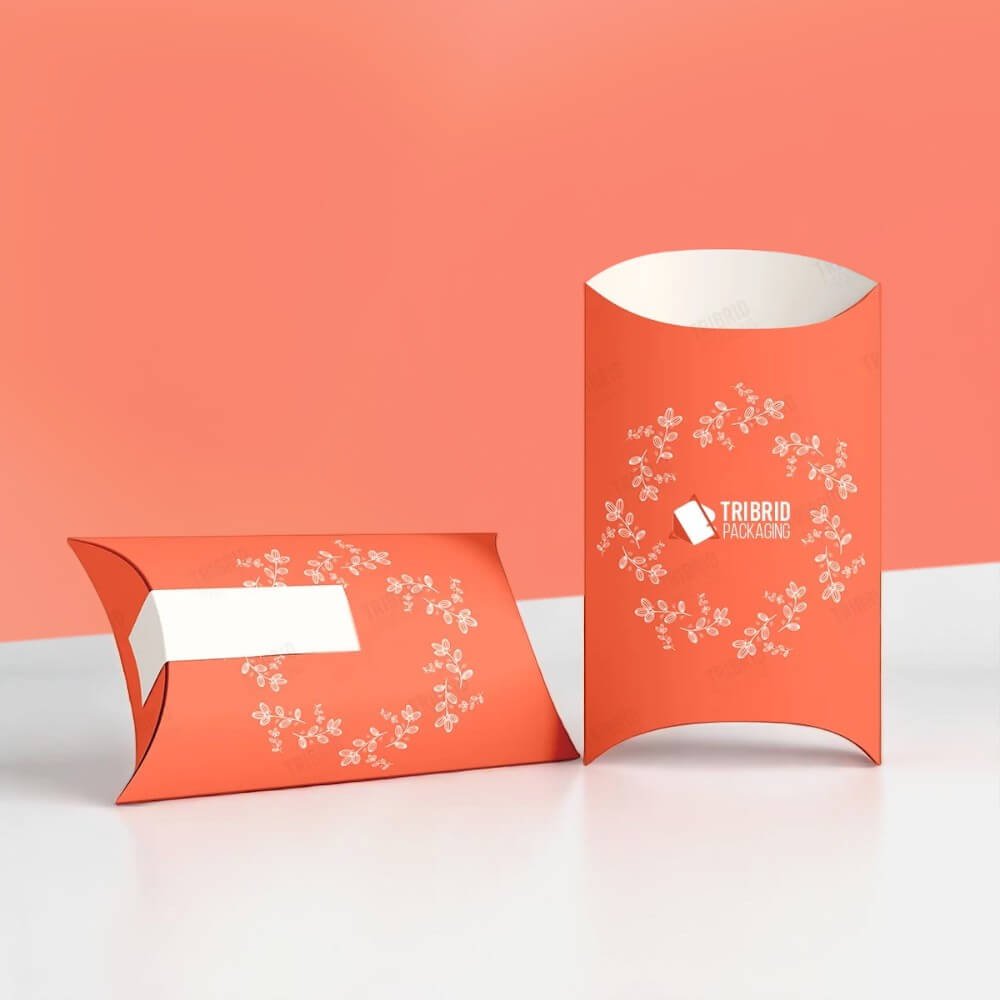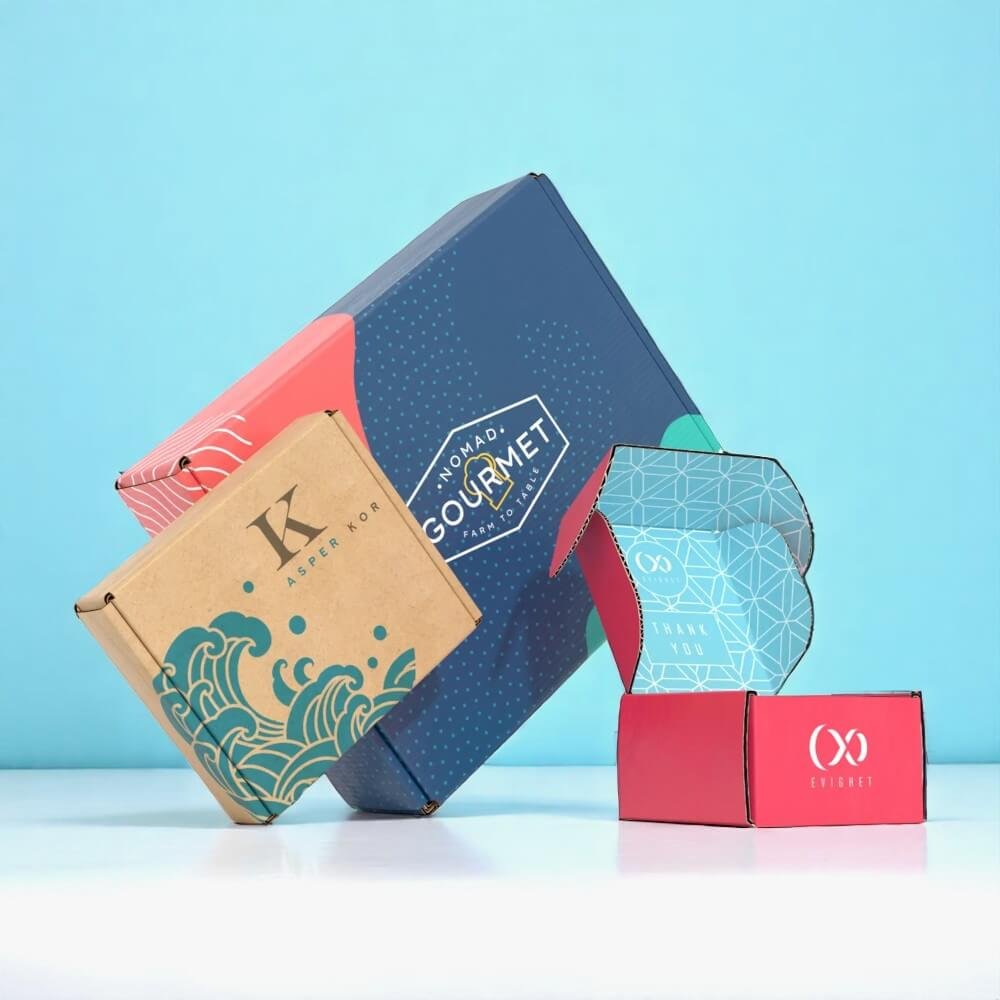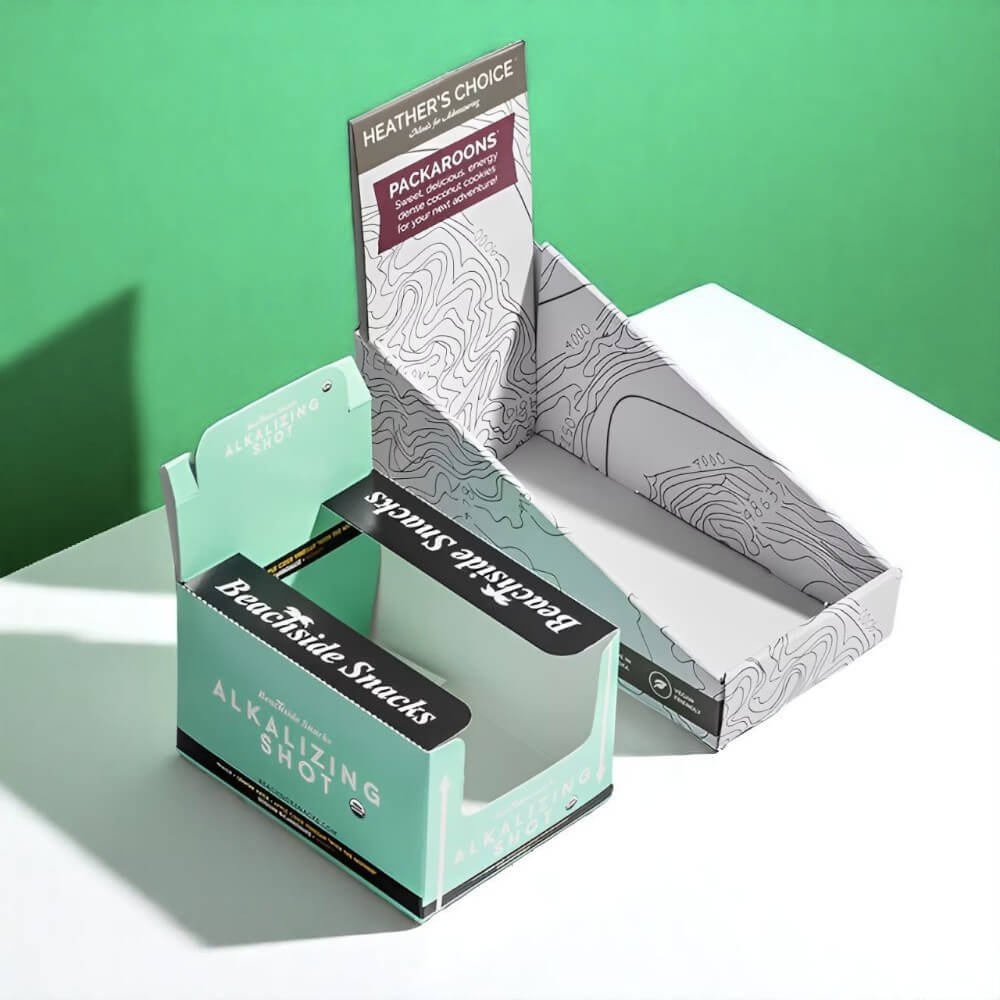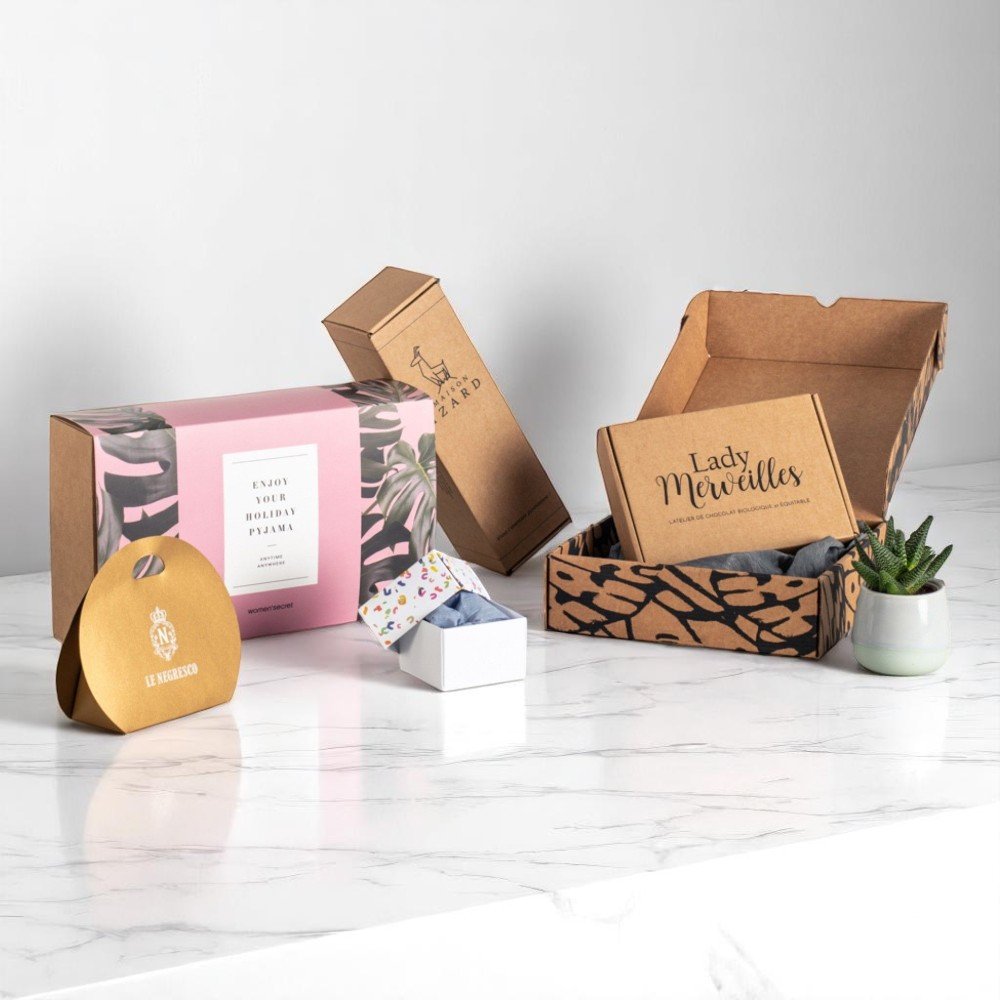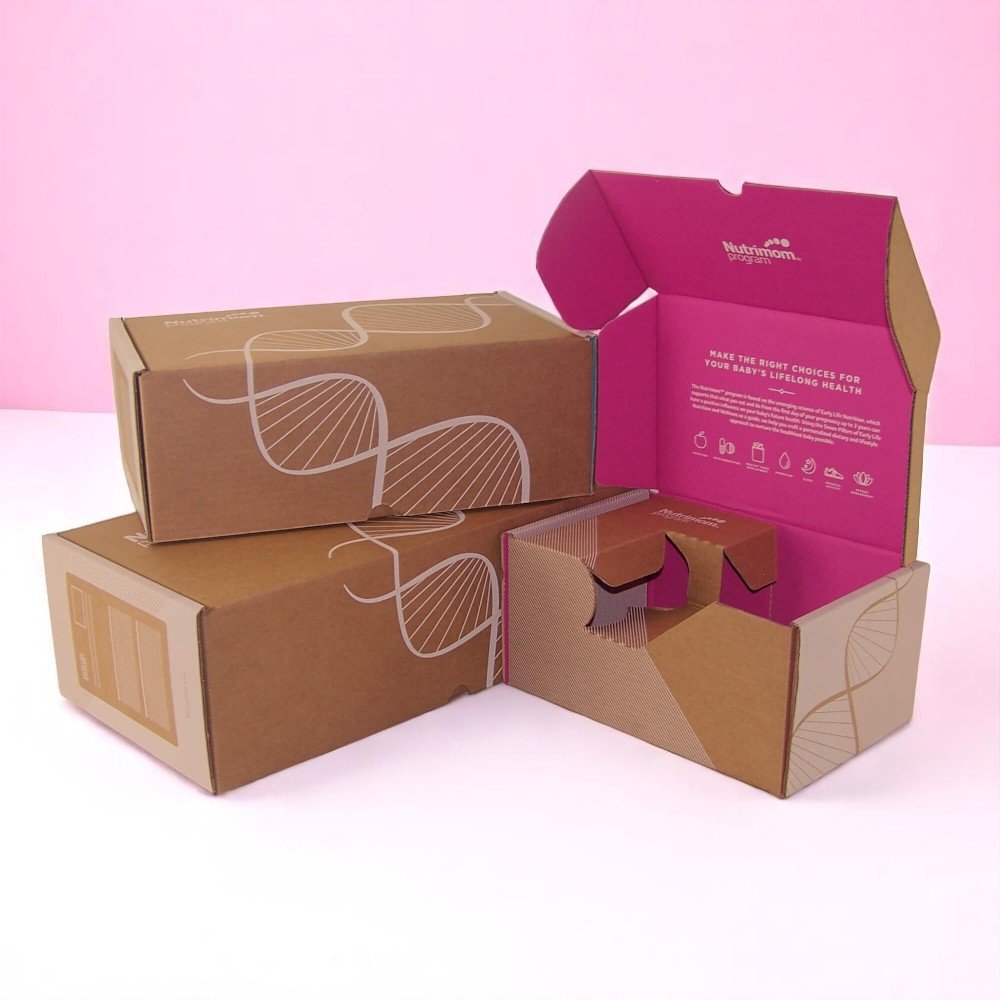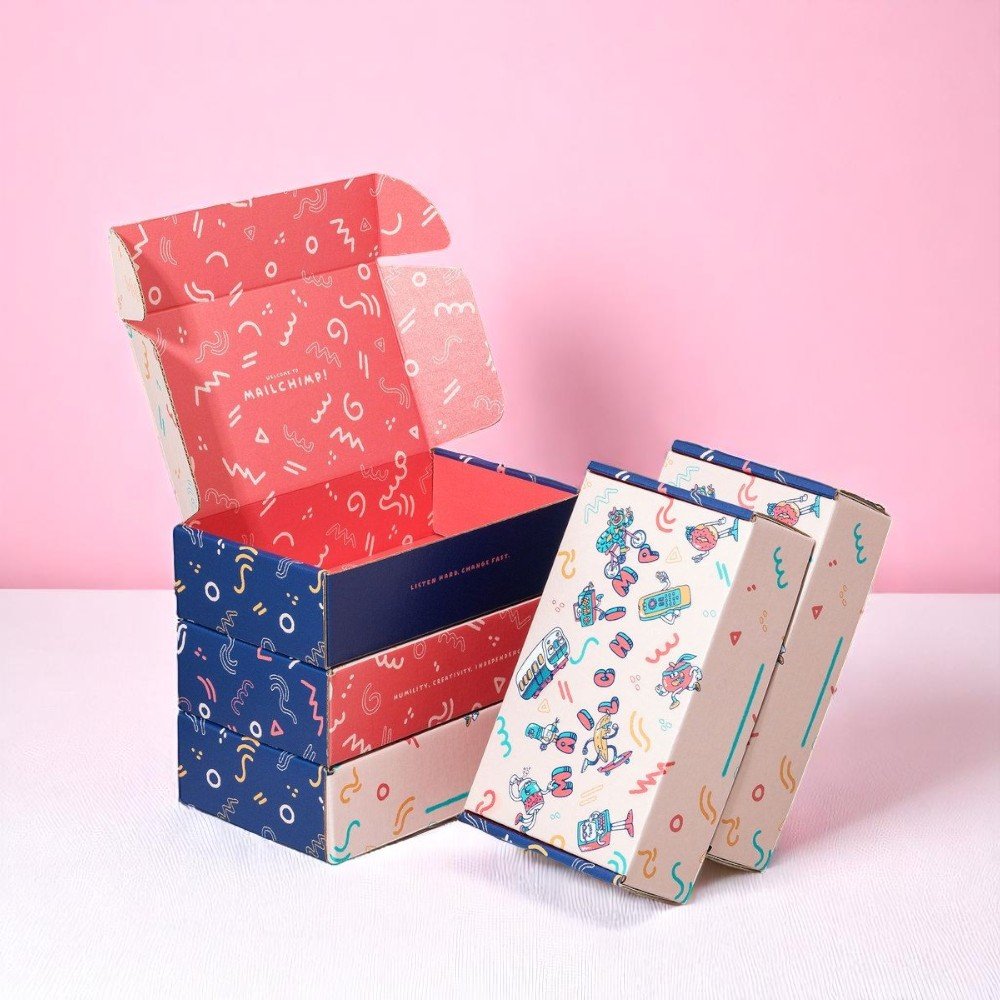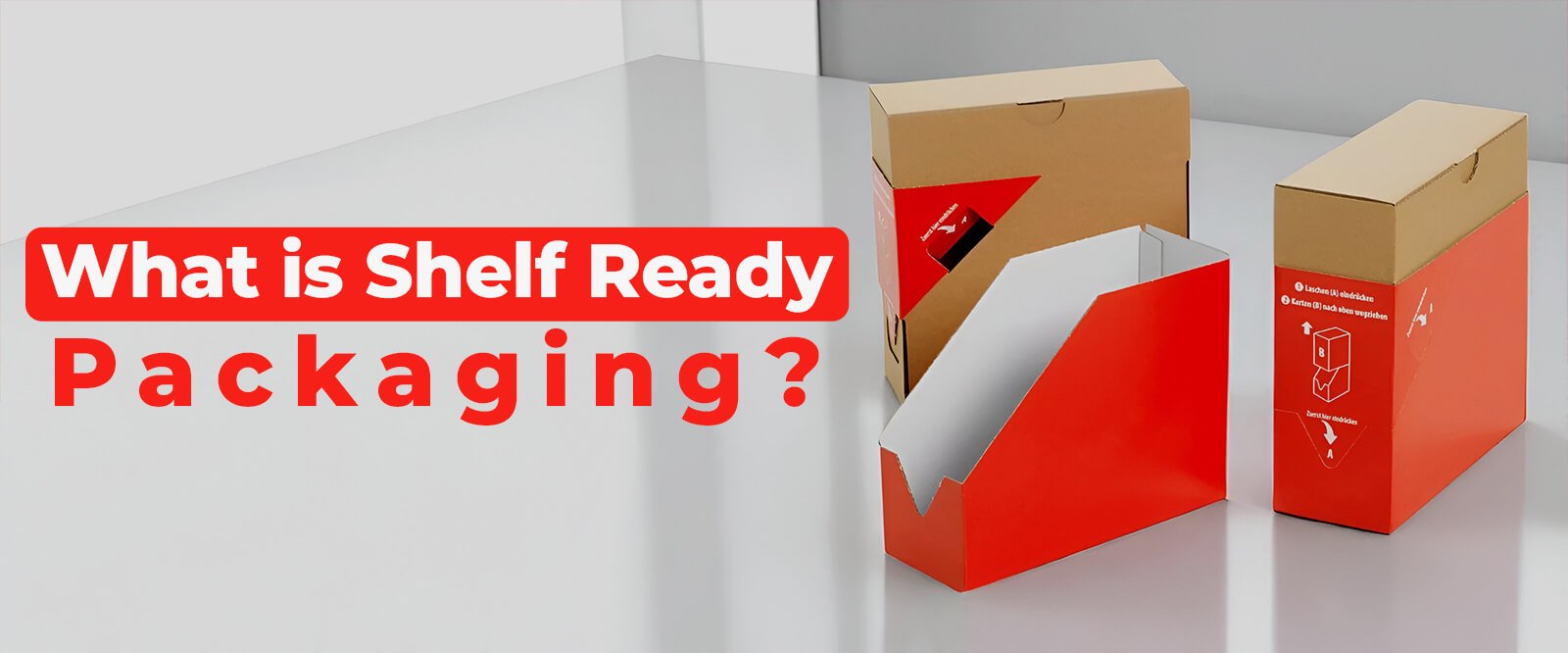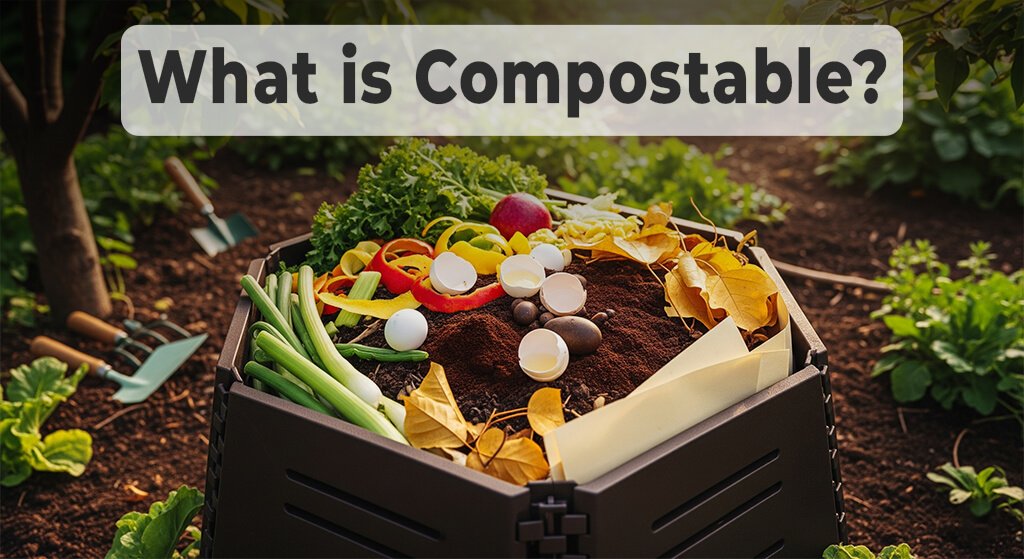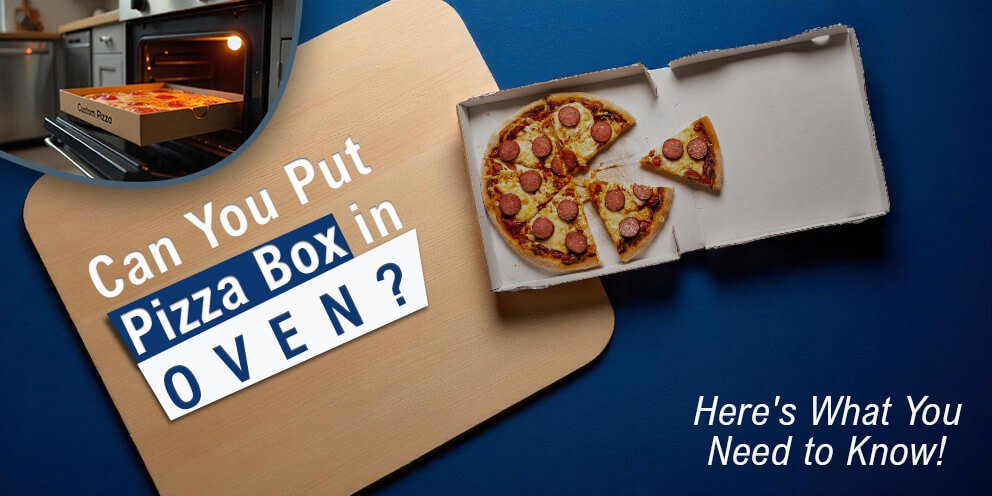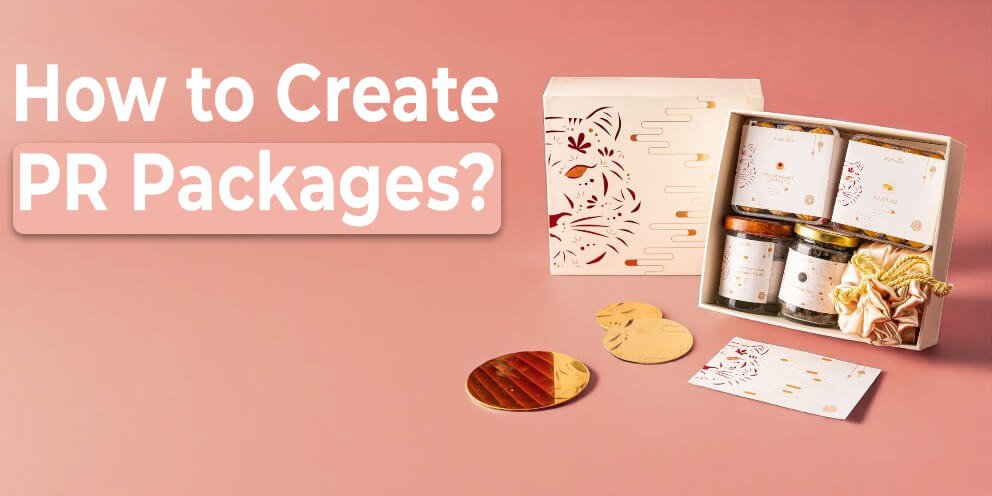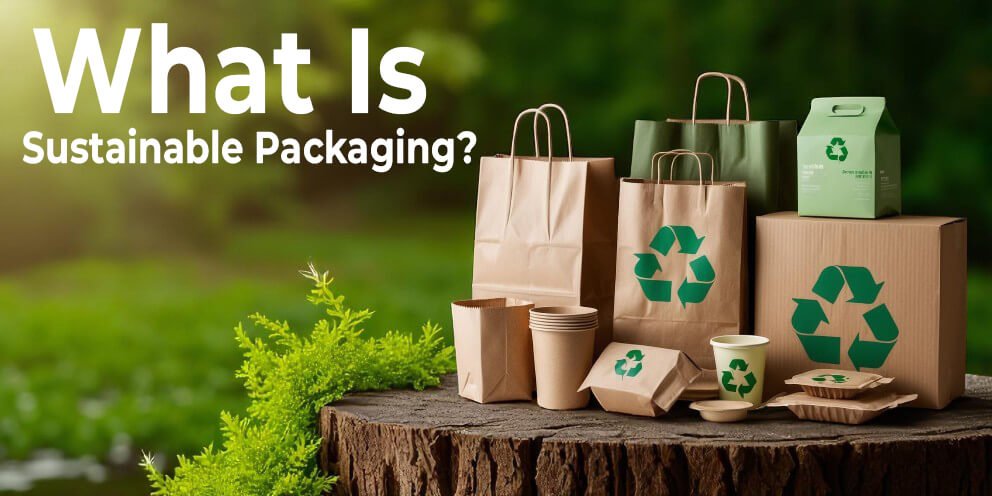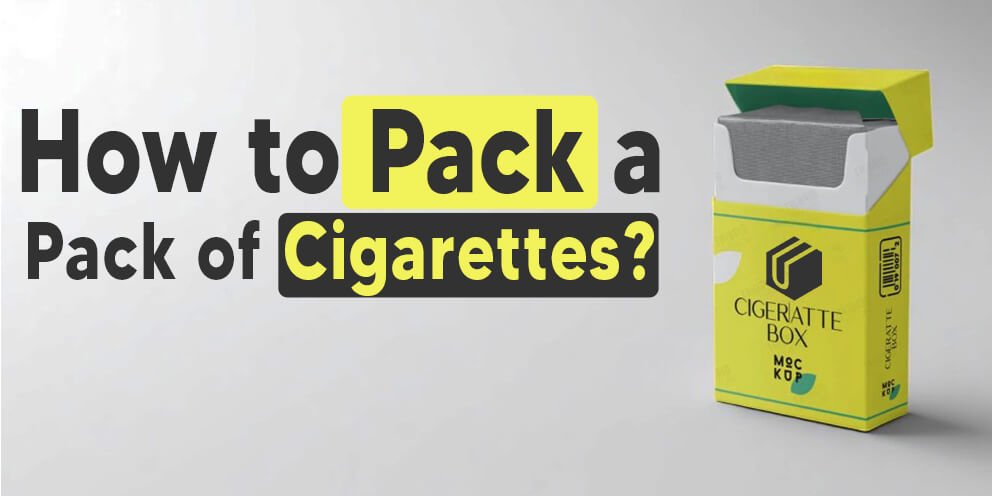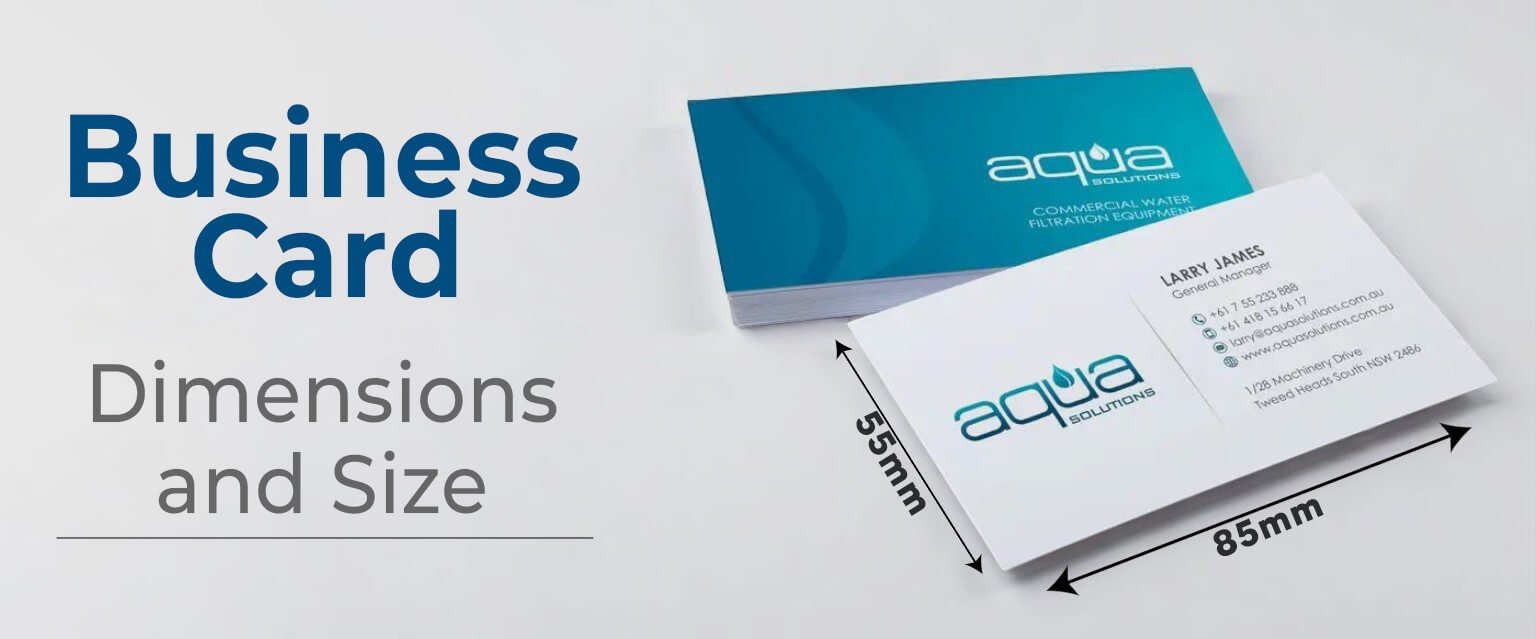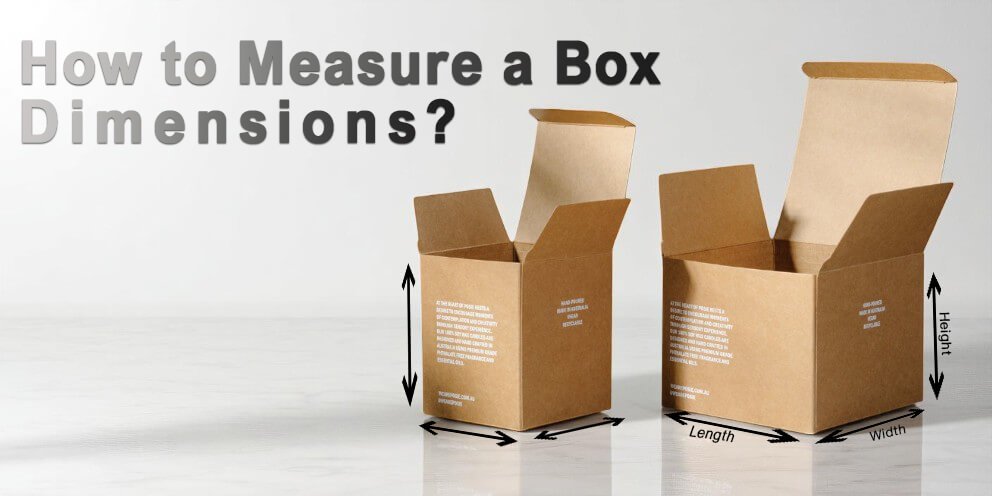If your product is great but your packaging is basic, you’re missing out. Like people buy things that are attractive from their outer appearance. Many brands opt for plain shelf-ready packaging (SRP) solely to gain visibility, but without strong, branded packaging, setting yourself apart in the market becomes a challenging task to compete. Packaging is the first thing shoppers notice.
So here is the thing that Shelf-ready packaging doesn’t just look good; it makes restocking fast and efficient.
If you have made up your mind, then partnering with the right packaging manufacturer gives your brand a serious advantage. Most brands overlook SRP, but it plays a major role in retail success. This needs to be recognized for your brand.
To build a new relationship, start by creating and investing in shelf-ready packaging that looks great and works well. It helps your product differentiate itself and shows your brand in the best light.
If you’re ready to build your retail presence, start by investing in packaging that uses techniques that fulfill the standards of SRP. At UPacked, we help brands move from basic boxes to premium shelf-ready solutions. This will help brands take a step ahead in the market. Our step-by-step guide walks you through it all.
Ready to upgrade? Reach out to our team and let’s create your ideal Shelf-Ready Packaging.
What is Shelf-Ready Packaging (SRP)?
Many of you get mixed up with the terms retail-ready and shelf-ready packaging, but the thing is that it is also known as retail-ready packaging (RRP). SRP is designed to go directly from delivery to retail shelves with little to no setup. These boxes are display-ready the moment they arrive in-store.
They make product stocking quicker and take less time for the workers to assemble in your store. So rest assured, SRP usually comes with easy-open features and branded elements to enhance visibility and encourage sales.
Common SRP styles include:
- Corrugated and folding cartons
- Pre-filled shelf trays
- End caps
- Stacking trays or bins
- Sidekicks and merchandising units
Why Was Shelf-Ready Packaging Created?
SRP wasn’t always the norm. In the past, retail employees had to unpack every box, remove plastic or filler, and place items individually on shelves. This took a lot of time, especially in high-traffic stores like supermarkets or convenience stores. Like, imagine your brand in this condition; it was hectic work.
So all the retailers like Walmart, Tesco, and Aldi started encouraging suppliers to use shelf.-ready designs to:
- Speed up shelf stocking
- Reduce store labor costs
- Improve store presentation
- Reduce packaging waste
- Prevent out-of-stock delays easily
It quickly became a retail standard, especially in fast-moving consumer goods (FMCG) categories like snacks, beverages, personal care, and household items.
Why Is It Necessary to Switch to SRP?
The reason is simple, SRP isn’t just about looks; it’s about logistics and savings. Products ship in their own display packaging, cutting down on handling, materials, and freight costs.
Endless Benefits of Shelf-Ready Packaging: How It Can Help Your Product

- Saves Time on Stocking for Employees Instantly
With SRP, employees can stock products in seconds instead of minutes. That’s a big deal when you’re dealing with thousands of SKUs every day.
- Reduces Labor Costs That Can Be Utilized in Shelf-Ready Packaging
Less handling means fewer man-hours. That’s why major retailers often require SRP from their suppliers.
- Minimizes Product Damage Up to Complete Sales
Products stay in their secure packaging until they’re sold. This reduces the chance of drops, spills, or torn wrappers.
- Improves Product Visibility That Catches More Attention
Branded boxes with clear labeling make your products more attractive. Eye-level visibility leads to higher impulse purchases.
- Brand Marketing Made Easier
Your outer box becomes part of the marketing. Colors, design, and logo placement all affect a customer’s choice.
- Efficient Supply Chain Maintained
These require lower storage, shipping, and logistics costs.
5 Key Features of Shelf-Ready or Display-Ready Packaging
To be considered “shelf-ready, a package typically needs to check a few boxes. Here’s what makes a good SRP:
- Easy to Identify
The packaging should clearly show what’s inside from all visible sides; this helps store employees and customers find the product quickly.
- Easy to Open
No frustration, no knives, no scissors. Unpacking should be quick and secure,
- Easy to Stock
One motion should be enough: lift, open, and place on the shelf.
- Easy to Shop
Products inside the tray should be front-facing, stable, and easy to grab.
- Simple to Recycle or Get Rid of
After the box is empty, it should be easy to fold down, recycle, or toss in the waste. Many SRP designs are eco-friendly and made of corrugated cardboard.
What Materials Work Best for SRP?
Materials are the base of any box, so they need to be sturdy enough for transport and attractive enough for retail display. You can have options such as:
- Corrugated Board
- Carton Board
- Reinforced Materials
Sustainable packaging is in growing demand. Choosing recyclable or biodegradable options can win points with customers and retailers.
Examples of Some Shelf-Ready Packaging Box Options
- Tray and Lid
- Wraparound or 4-Corner Tray
- Stackable Trays
- Shelf Display Boxes
- Corrugated Cartons
How to Get Started with Shelf-Ready Packaging? Guide and Steps to Implement
- Identify Your Custom Packaging Needs
- Plan Your Budget and Other Aspects
- Design Your SRP with Your Idea or Take Help from a Packaging Manufacturer
- Select Your Printing Method of Choice
- Decide on Coating Options
- Add Premium Finishing (Optional)
- Finalize Your Dielines Properly
- Prepare Artwork and Other Options
- Approve a Prototype by Your Packaging Partner
- Production and Delivery Need to Be Monitored
- Plan for Supply Chain Success
- Track Key Metrics
Identify Your Packaging Needs
Consider storage requirements, quantity, and the appearance of your branding. Question yourself:
- What product are you packing?
- The size, shape, and weight will guide the packaging.
- Ready to try something new?
- What size fits best?
- How many do you need?
Plan Your Budget and Other Aspects
Make room to adjust for design, materials, shipping, and storage.
If you choose to partner with a company like UPacked, you get complete packaging solutions that simplify the process and help cut costs.
Bulk buying can reduce long-term costs but requires an initial investment.

Design Your SRP with Your Idea or Take Help from a Packaging Manufacturer
Whether you work with our in-house team or bring your own design, key elements should include:
- Your logo and brand colors
- Product visuals and messaging
- Functional layout for shelf display
Select Your Printing Method of Choice
Custom printing adds visual value:
- Litho Printing: This option offers sharp quality for high volumes
- Digital Printing: This is considered one of the fastest and flexible options
- Flexographic Printing: You can choose this for great, high-speed, bulk packaging

Decide on Coating Options
Ask yourself if your box needs coating or if it looks better without it. Coatings protect and polish your packaging, such as:
- Matte or gloss lamination
- AQ
- UV coating
- Varnish
Add Premium Finishing (Optional)
Optional features that enhance presentation:
- Foil Stamping
- Spot UV
- Embossing/Debossing
- Window Cutouts
Finalize Your Dielines Properly
Dielines are your packaging blueprints. They guide every fold and cut. Use tools like Adobe Illustrator or let our team handle it.
Prepare Artwork and Other Options
Ensure high-res, print-ready artwork. Stick to CMYK standards and align with dielines.
Approve a Prototype by Your Packaging Partner
Before full production, review a prototype to confirm size, print quality, and design.
Production and Delivery Need to Be Monitored
Once approved, your order goes into production. We handle logistics and keep you updated.
Plan for Supply Chain Success
Decide how your packaging will ship (assembled or flat), storage needs, and fulfillment costs.
Make sure to Monitor Track Key Metrics
Keep an eye on:
- Inventory levels
- Damage rates
- Packaging sizes in demand
Real-World Examples of Shelf-Ready Packaging that You Can Follow

There are many brands that are following the standards of SRP and RRP. Some of the well-known ones are:
- Nestlé
- Coca-Cola
Why Choose UPacked for Shelf Ready Packaging?
We here at UPacked are committed to making your shelf-ready packaging easy and stress-free. From simple custom boxes to display packaging, we’ll guide you every step of the way, no matter what your product is.
FAQs
What does SRP mean in packaging?
SRP stands for Shelf-Ready Packaging, packaging designed to be placed directly on store shelves.
Is there a difference between SRP and RRP?
Yes. RRP is a broader term. SRP is a type of RRP specifically designed for easy shelf placement.
Where can I get a custom SRP?
Upacked offers custom SRP options including trays, cartons, and merchandising displays. Contact us for tailored solutions.
Which SRP style should I choose?
It depends on your product’s size, weight, and how you want it displayed. Our experts can guide you based on your goals.
What printing options are available?
We offer litho, flexo, and digital printing. Each comes with unique advantages depending on your volume and design needs.
Recent Blogs
From food and beauty to fashion, electronics, and more, our custom packaging boxes are designed to fit your products, reflect your brand, and stand out on the shelf. You tell us what you need and we will handle the rest. We offer a wide variety of packaging styles to suit every product, brand and occasion.
 USA
USA
 UK
UK
 CA
CA

